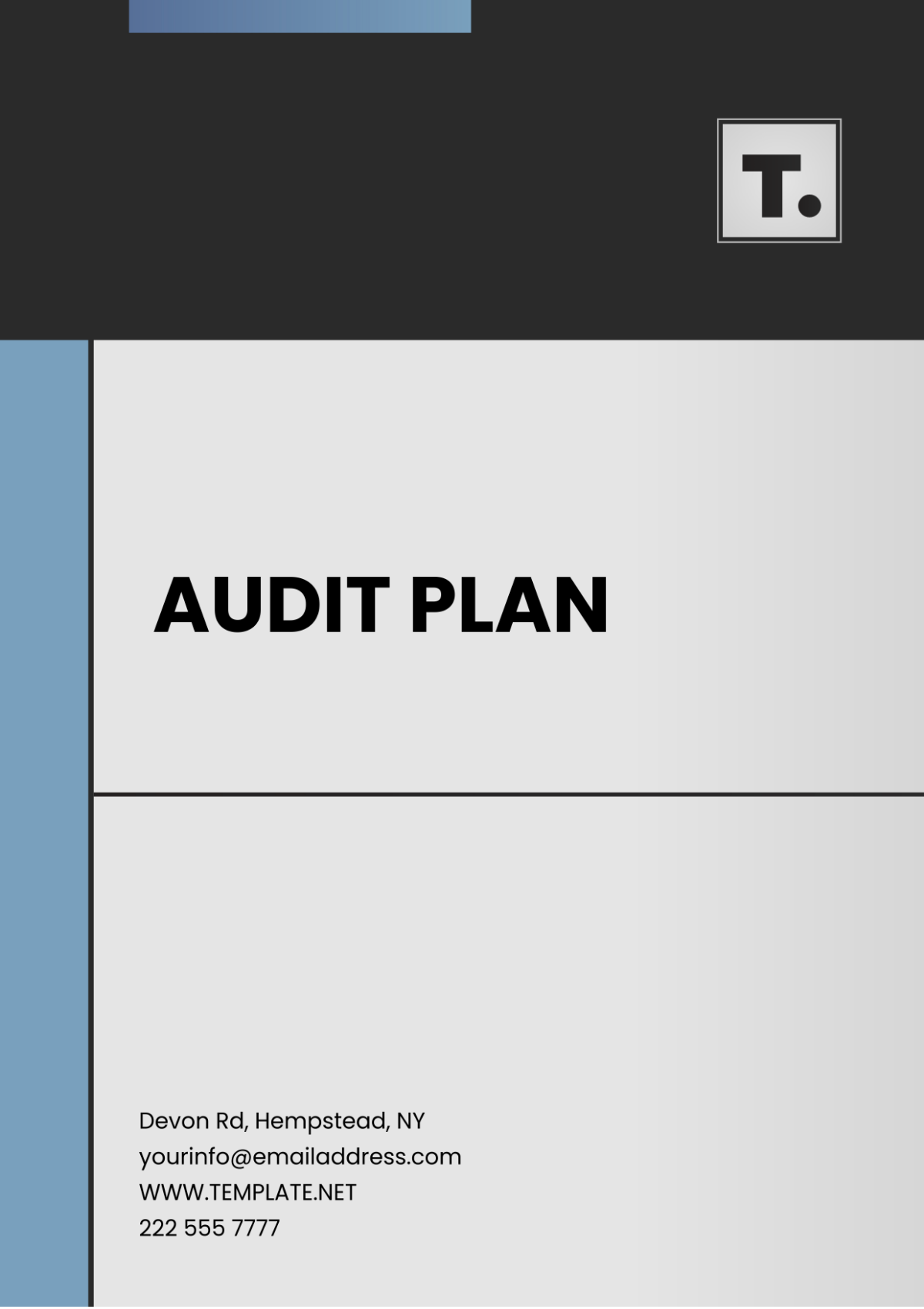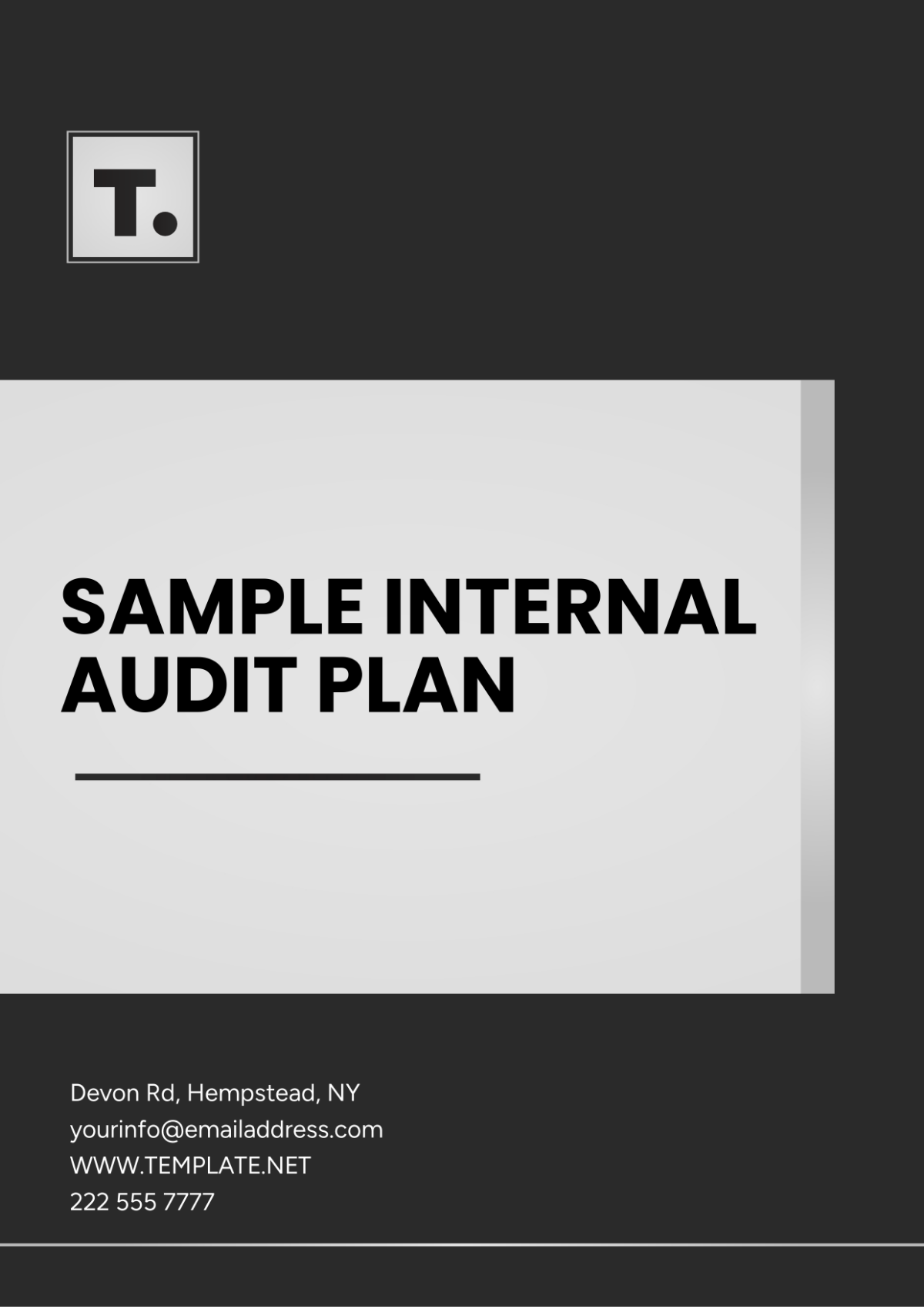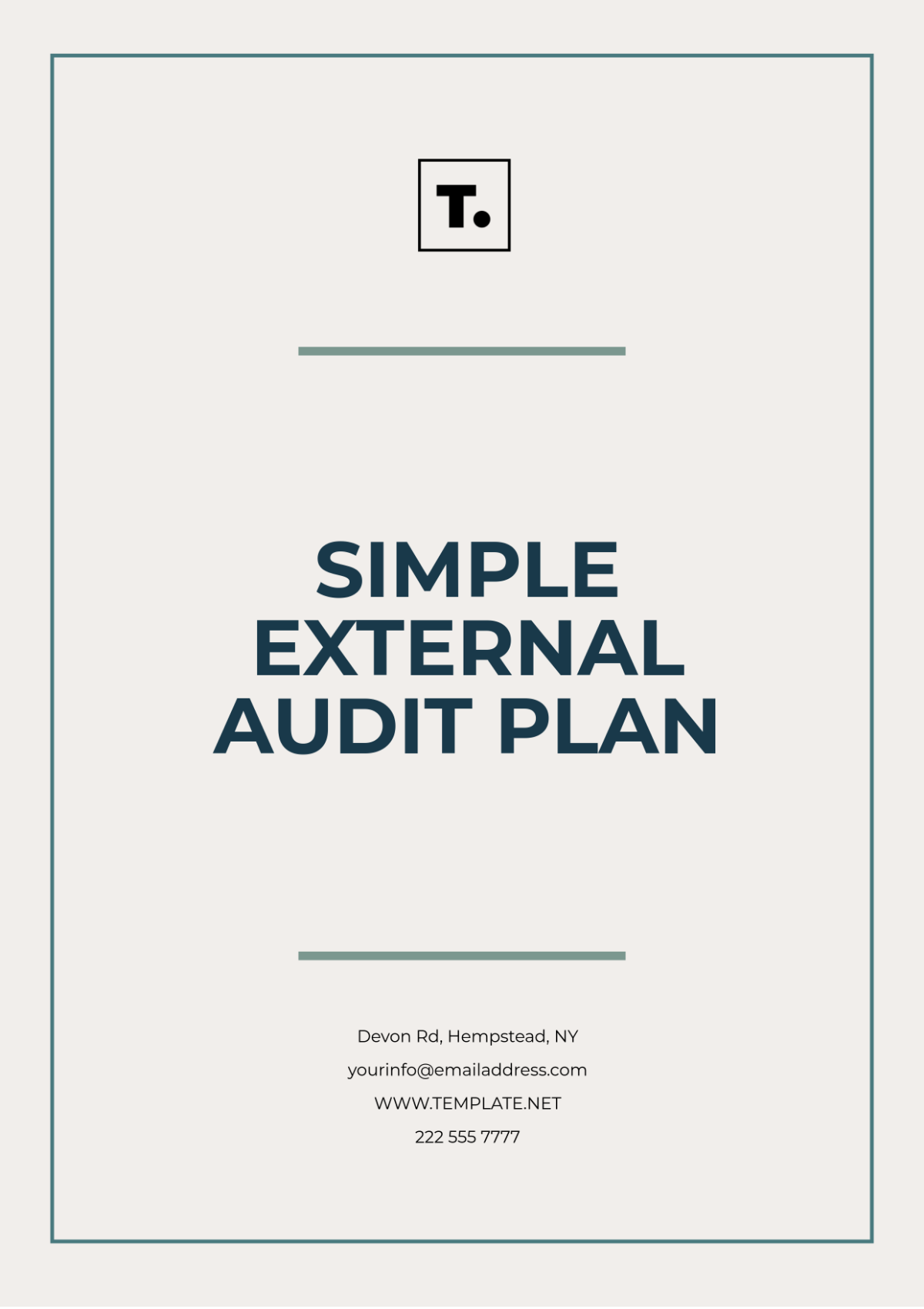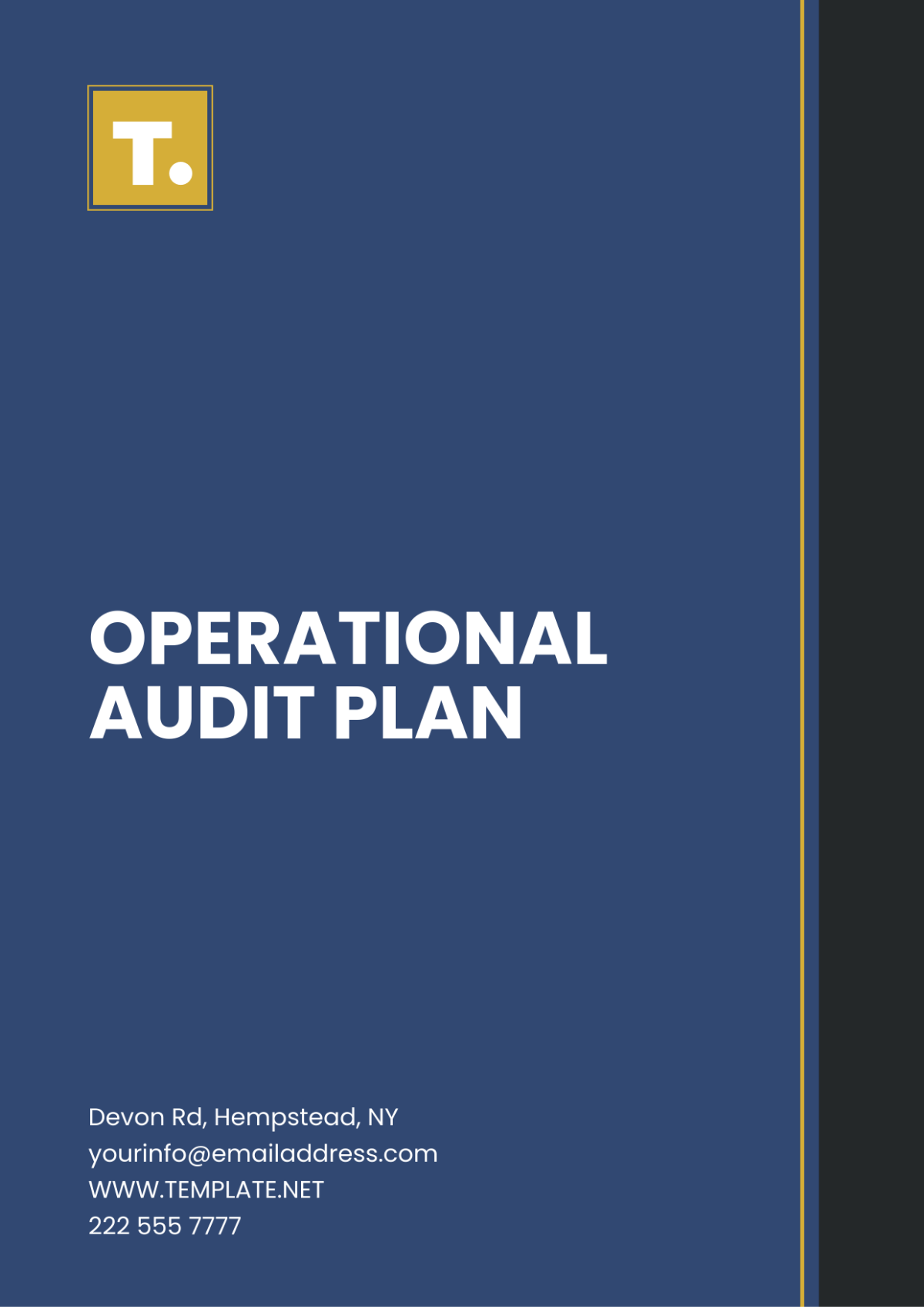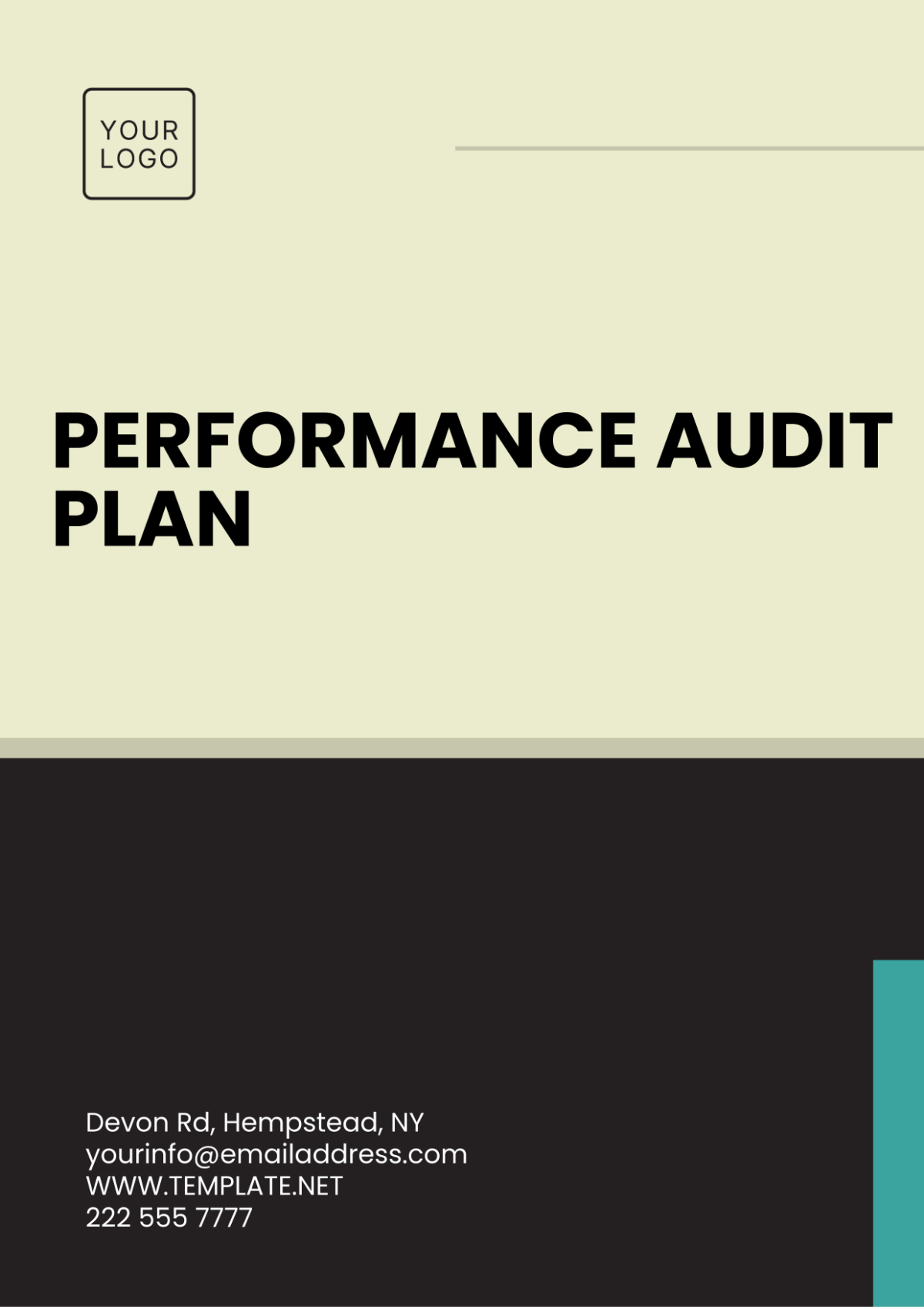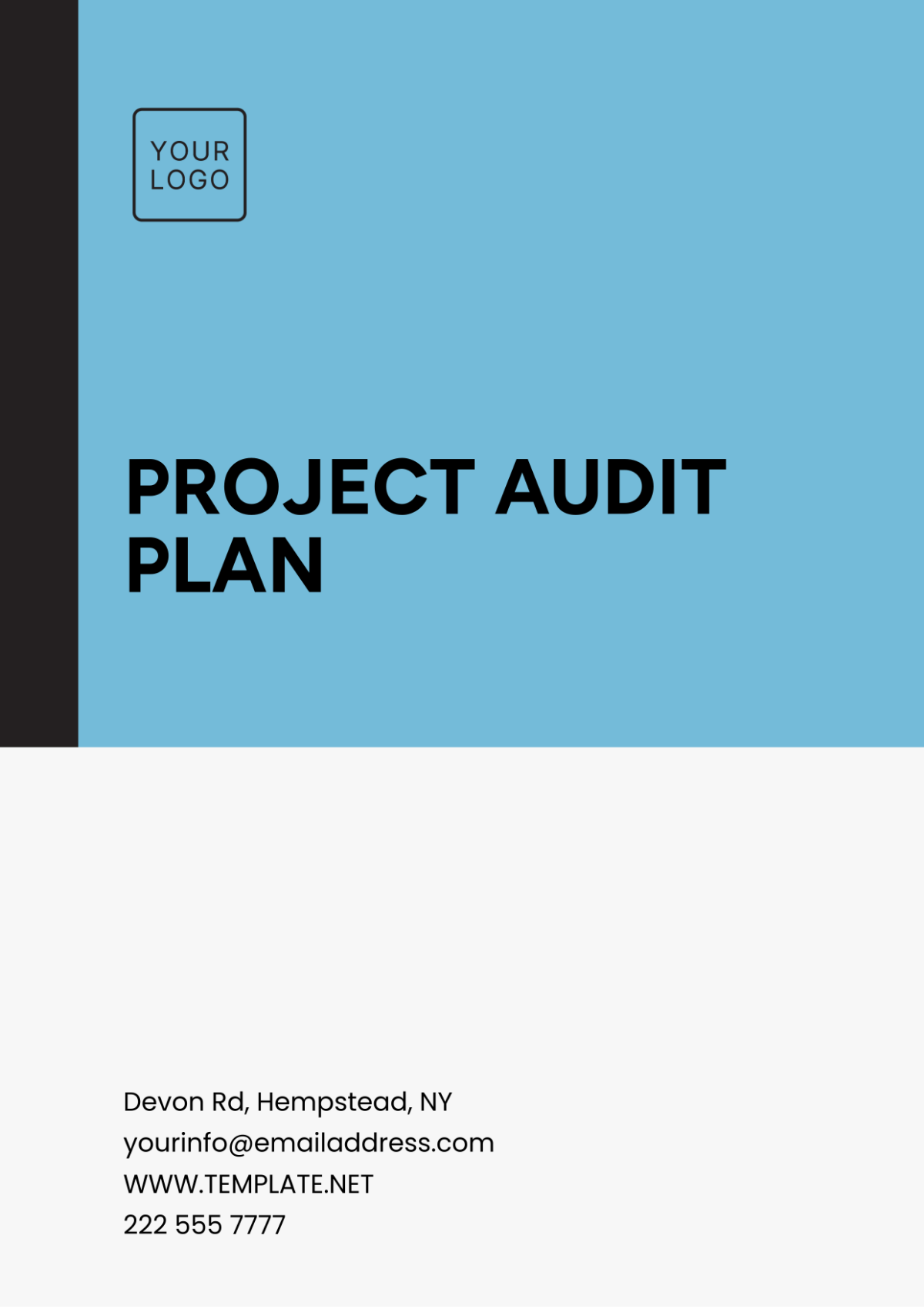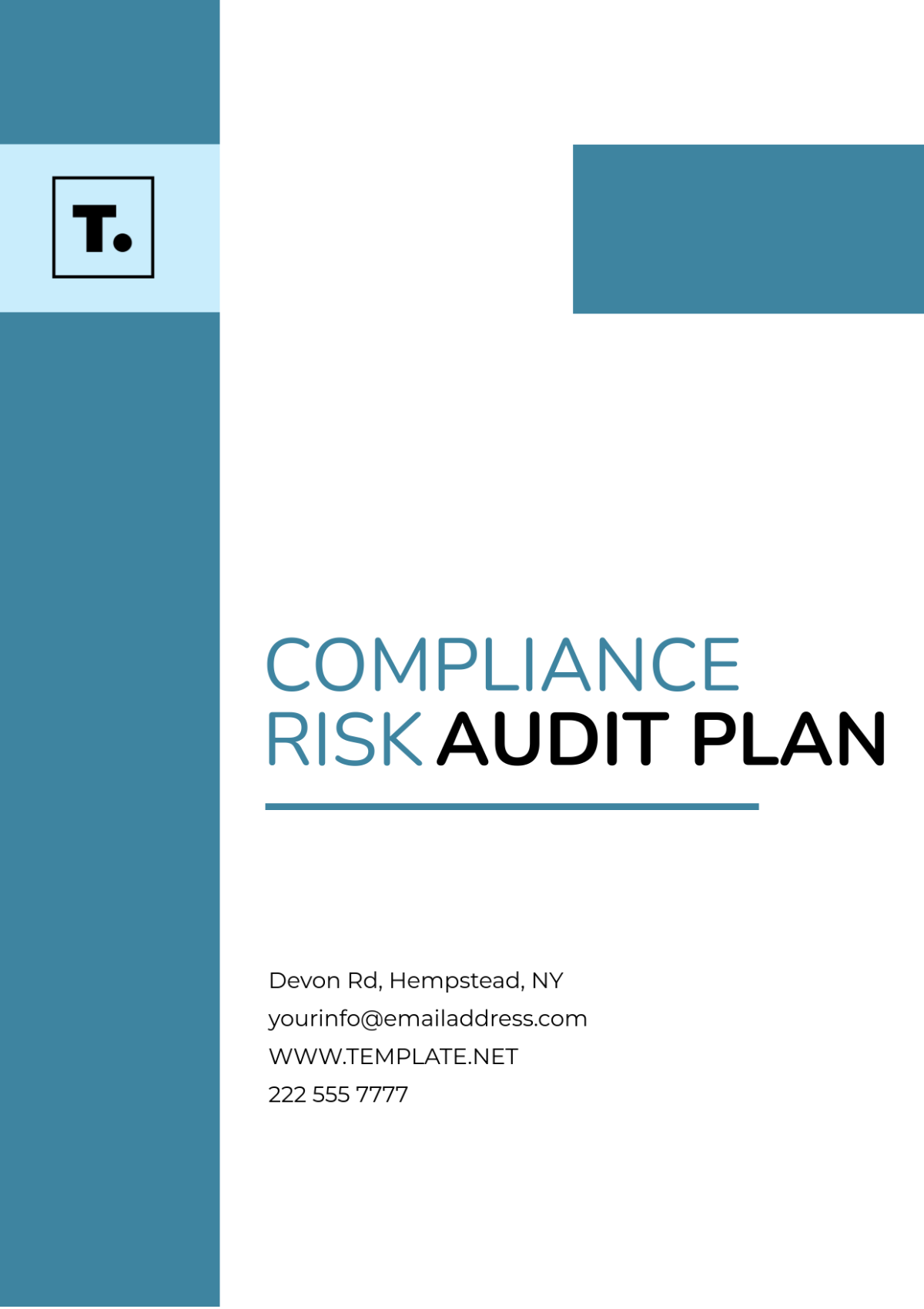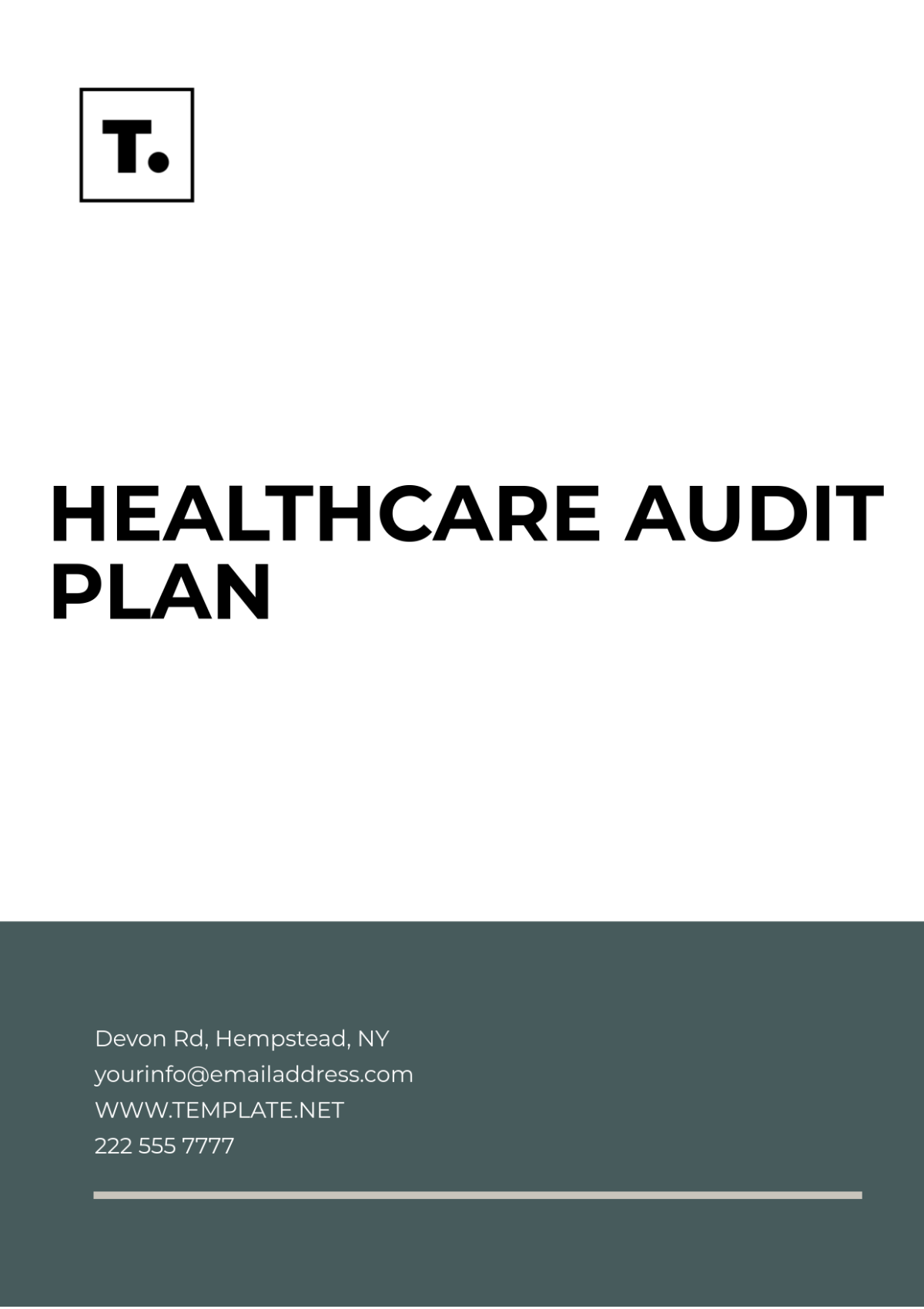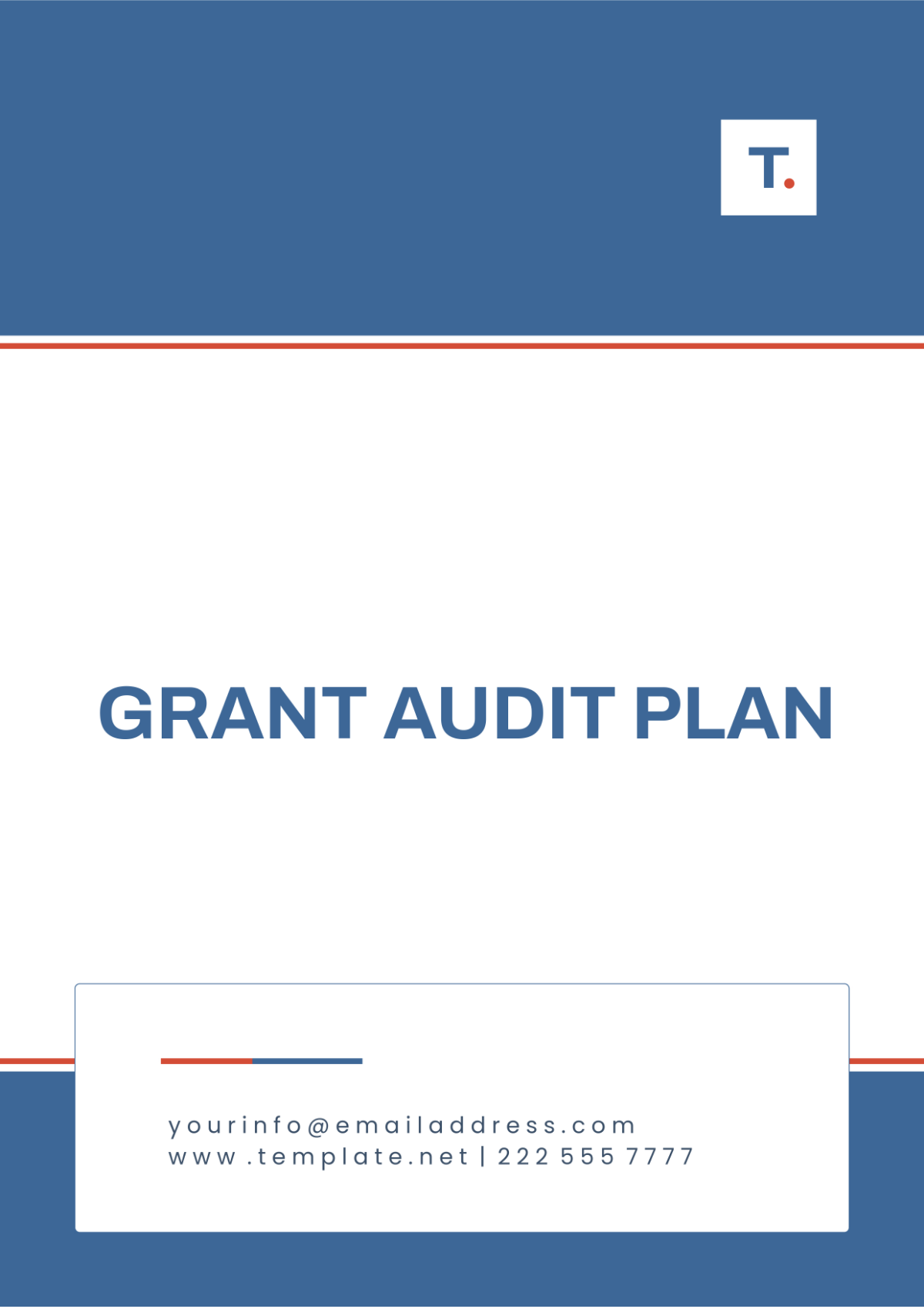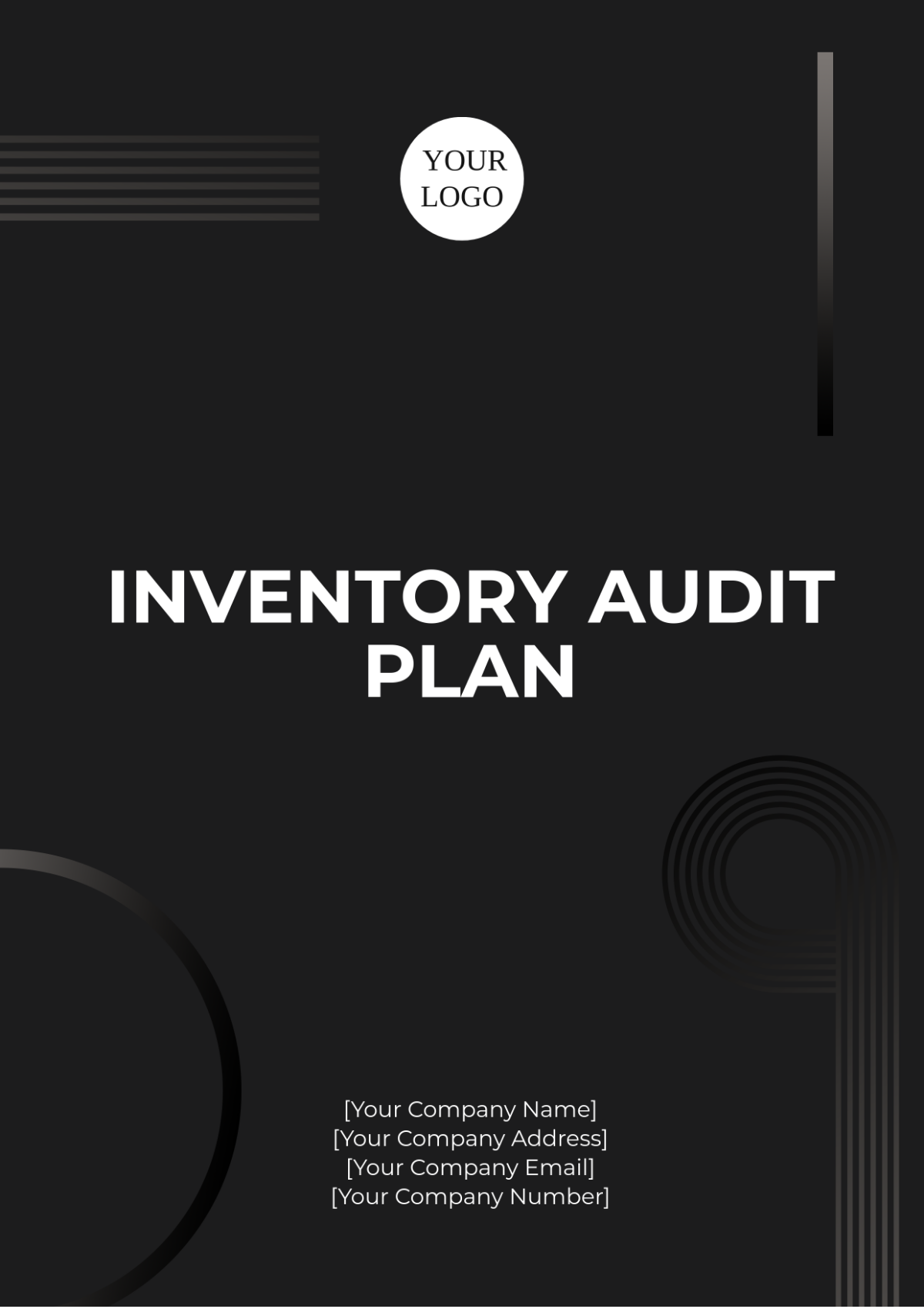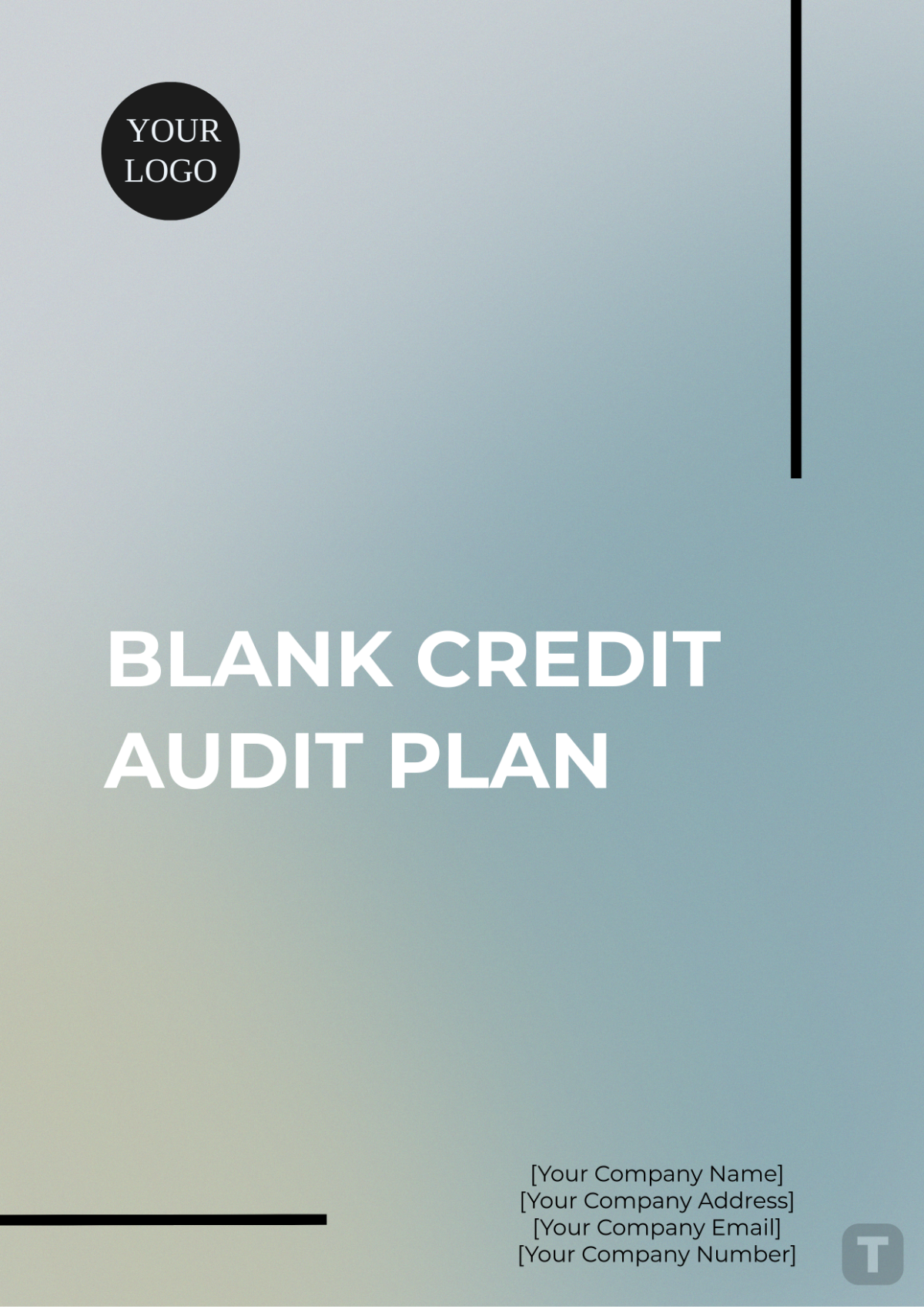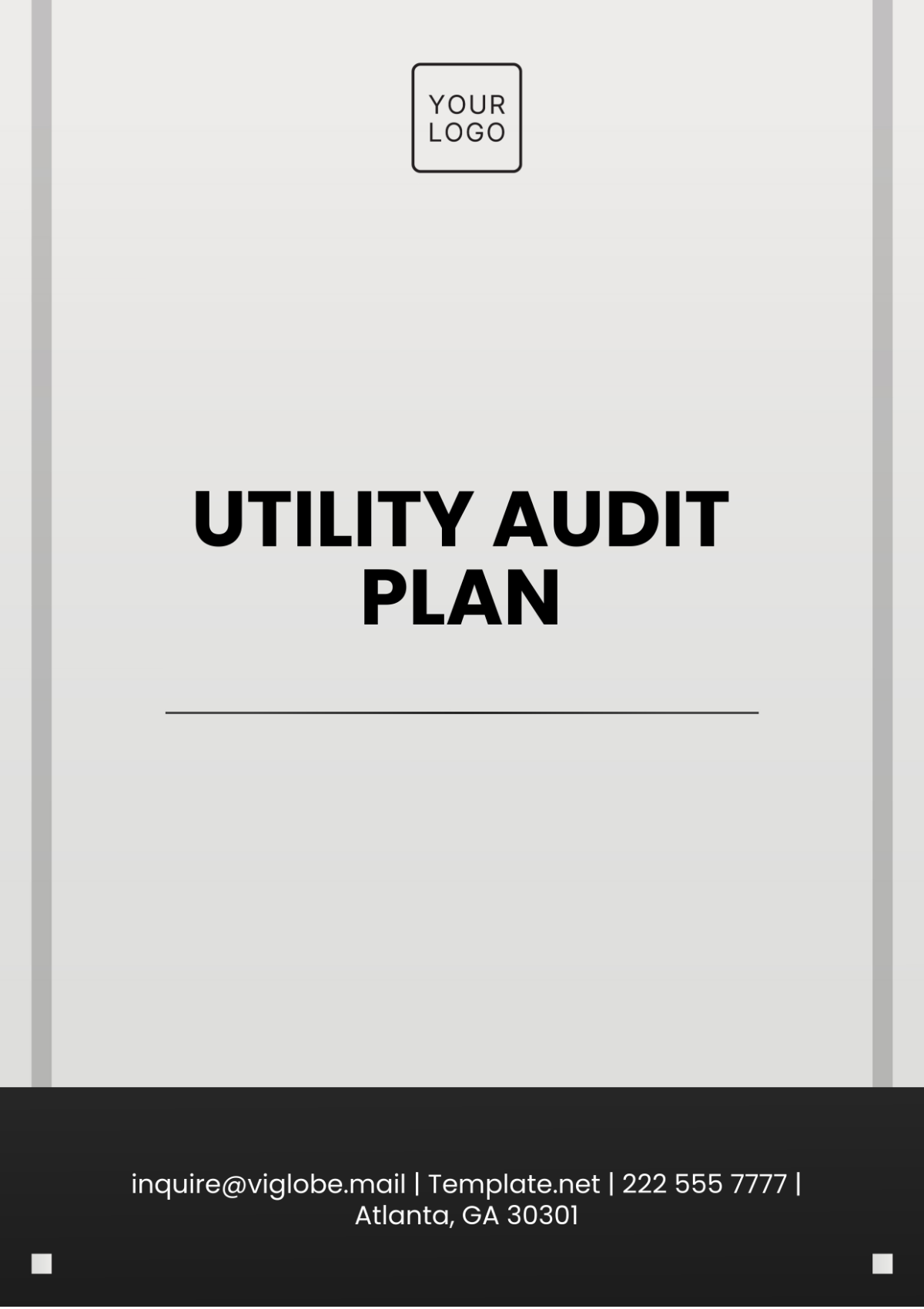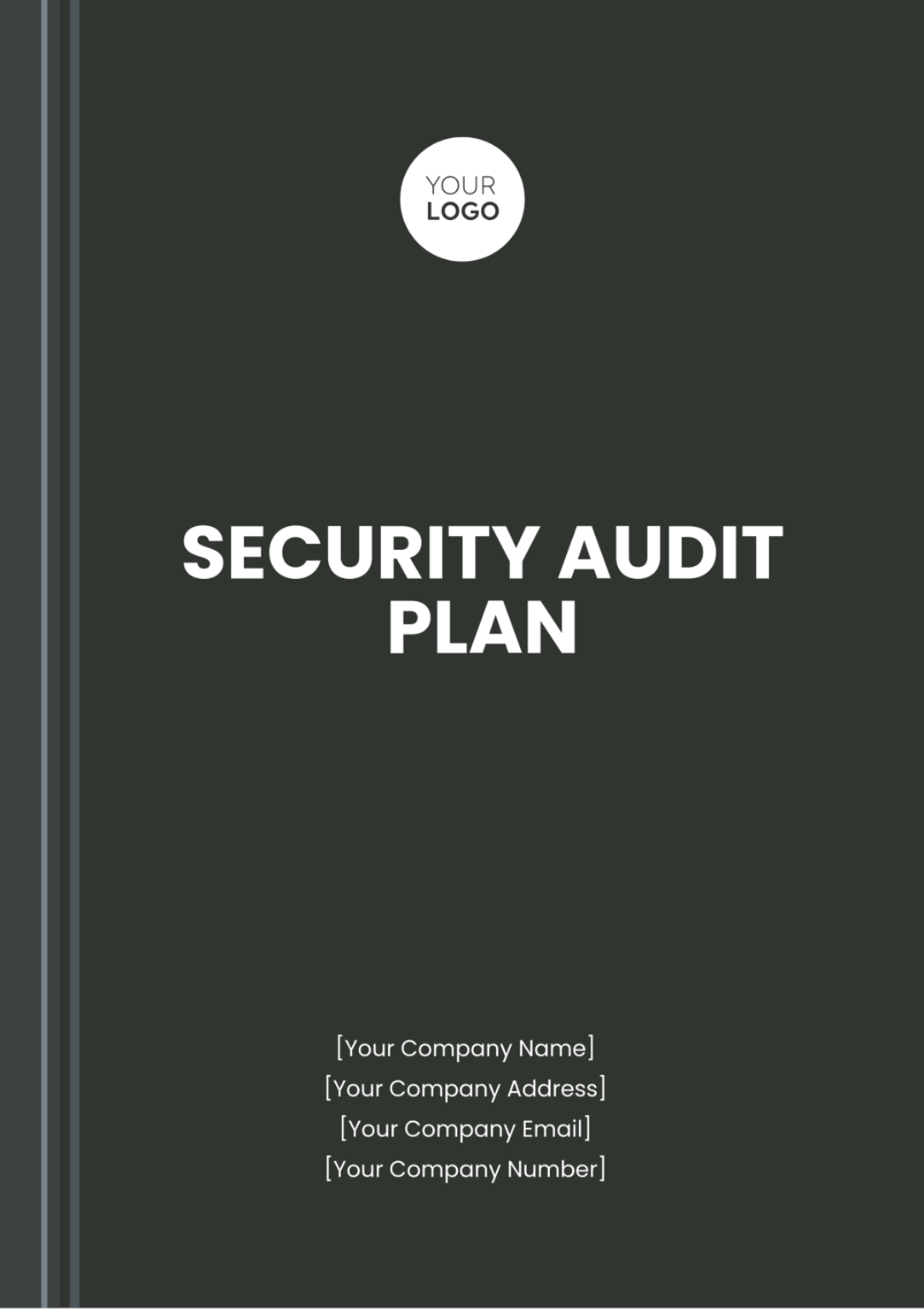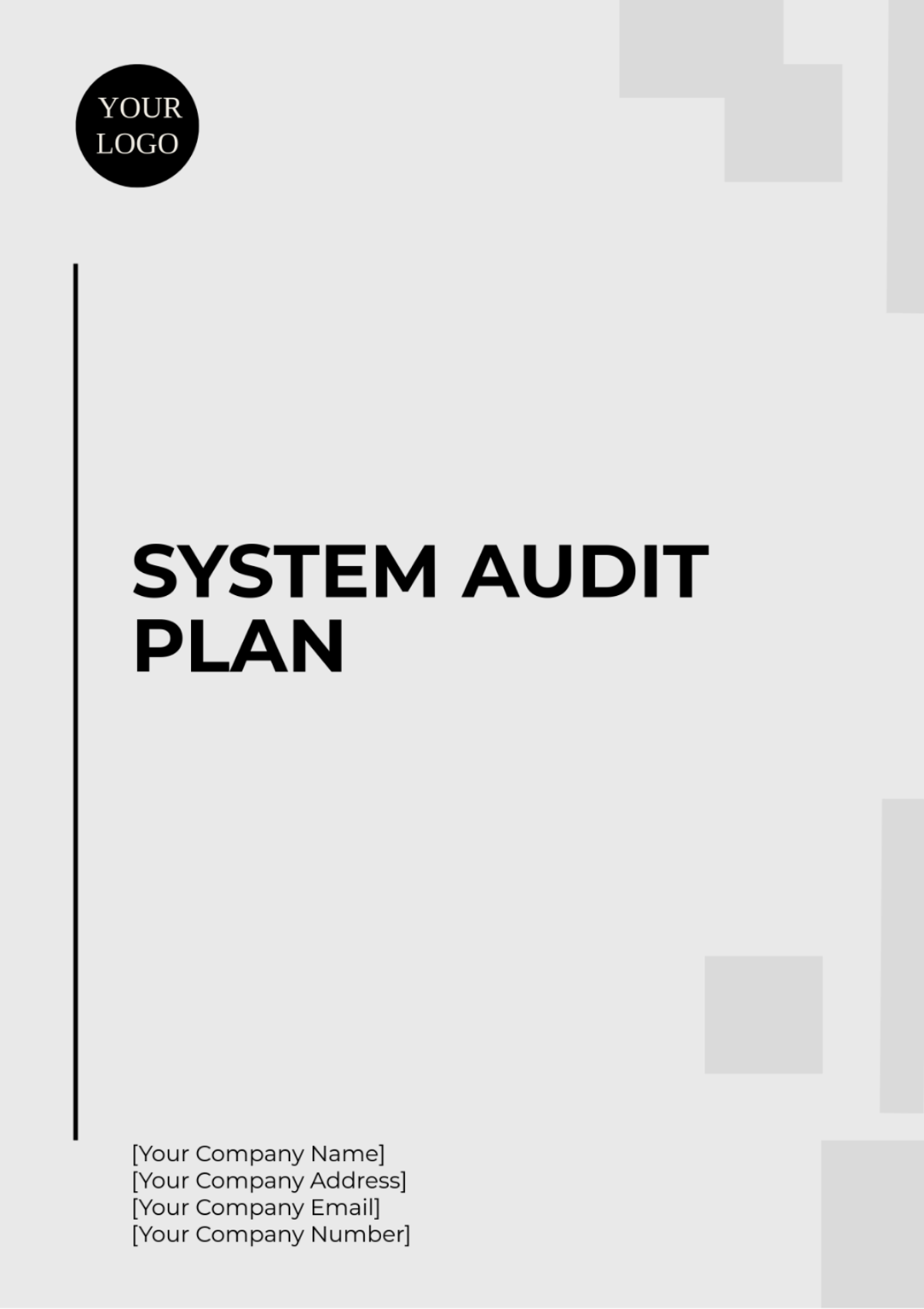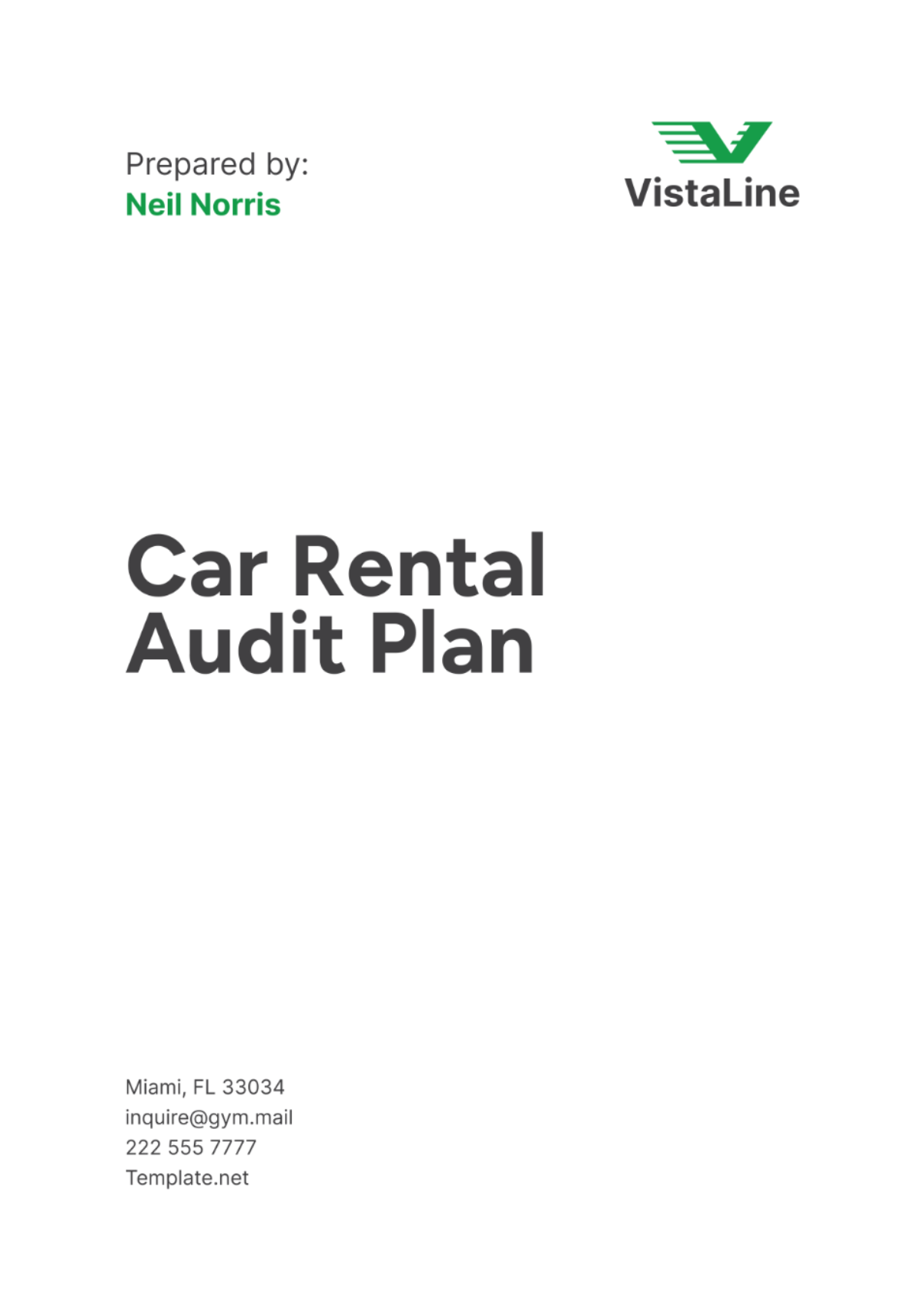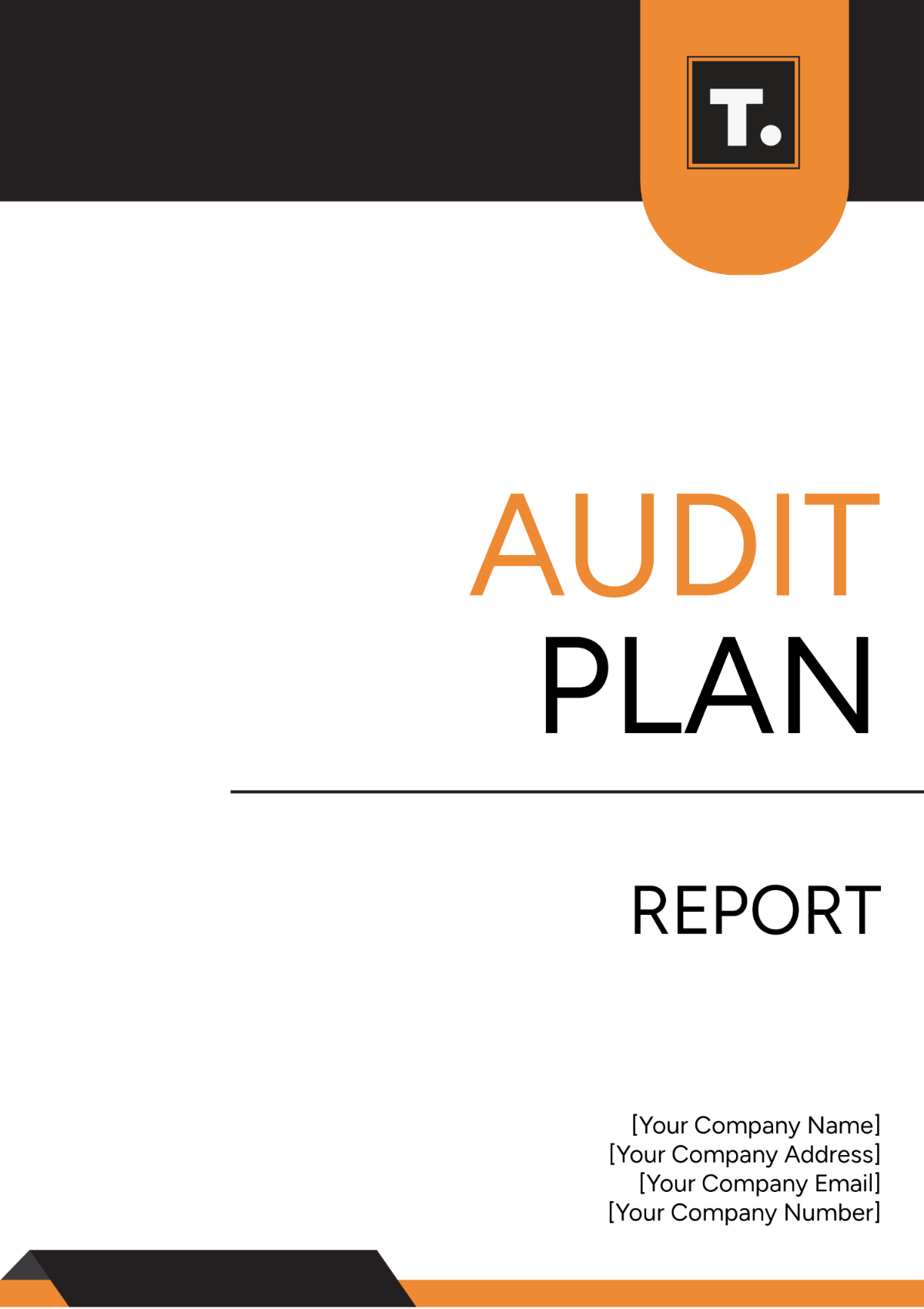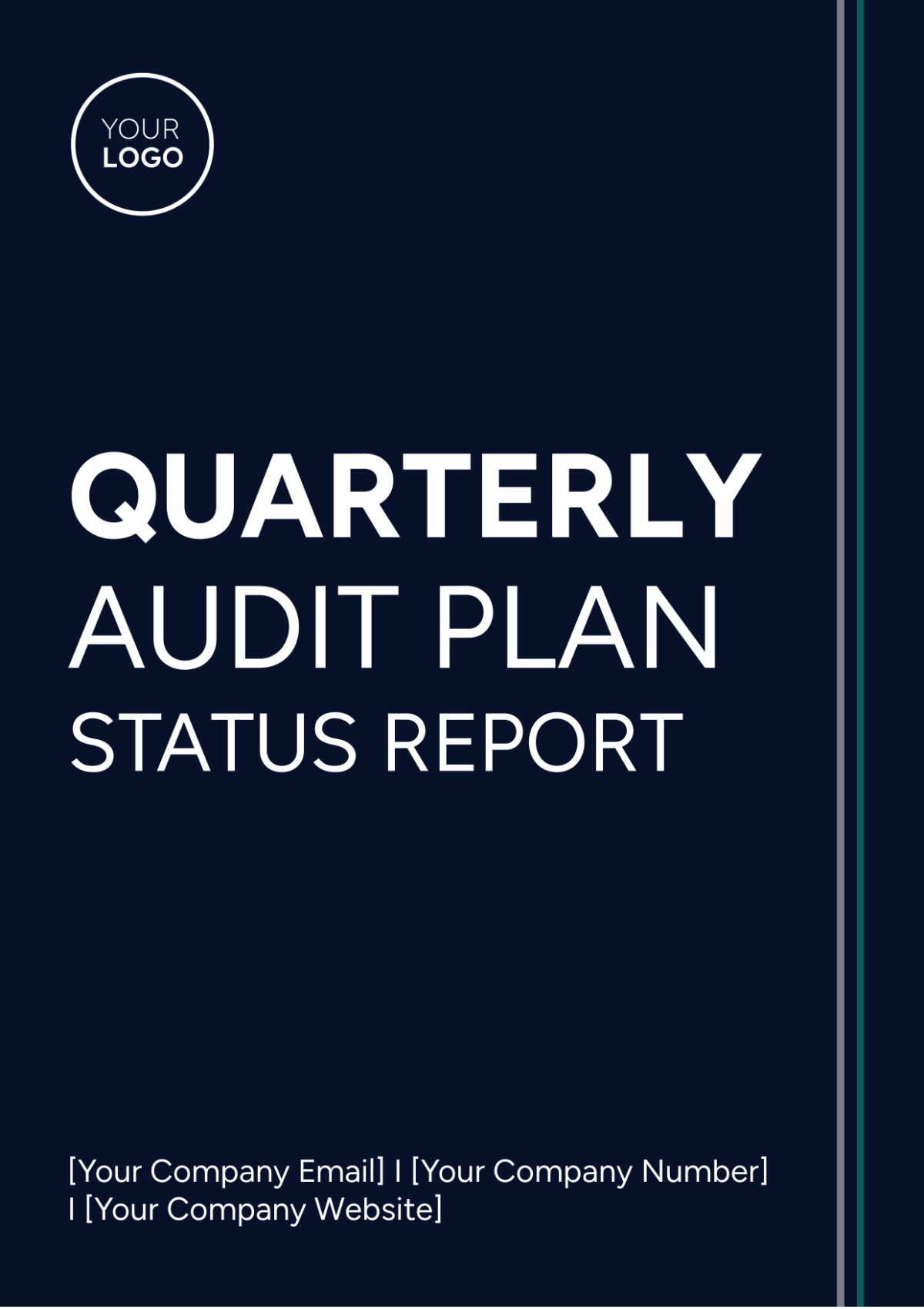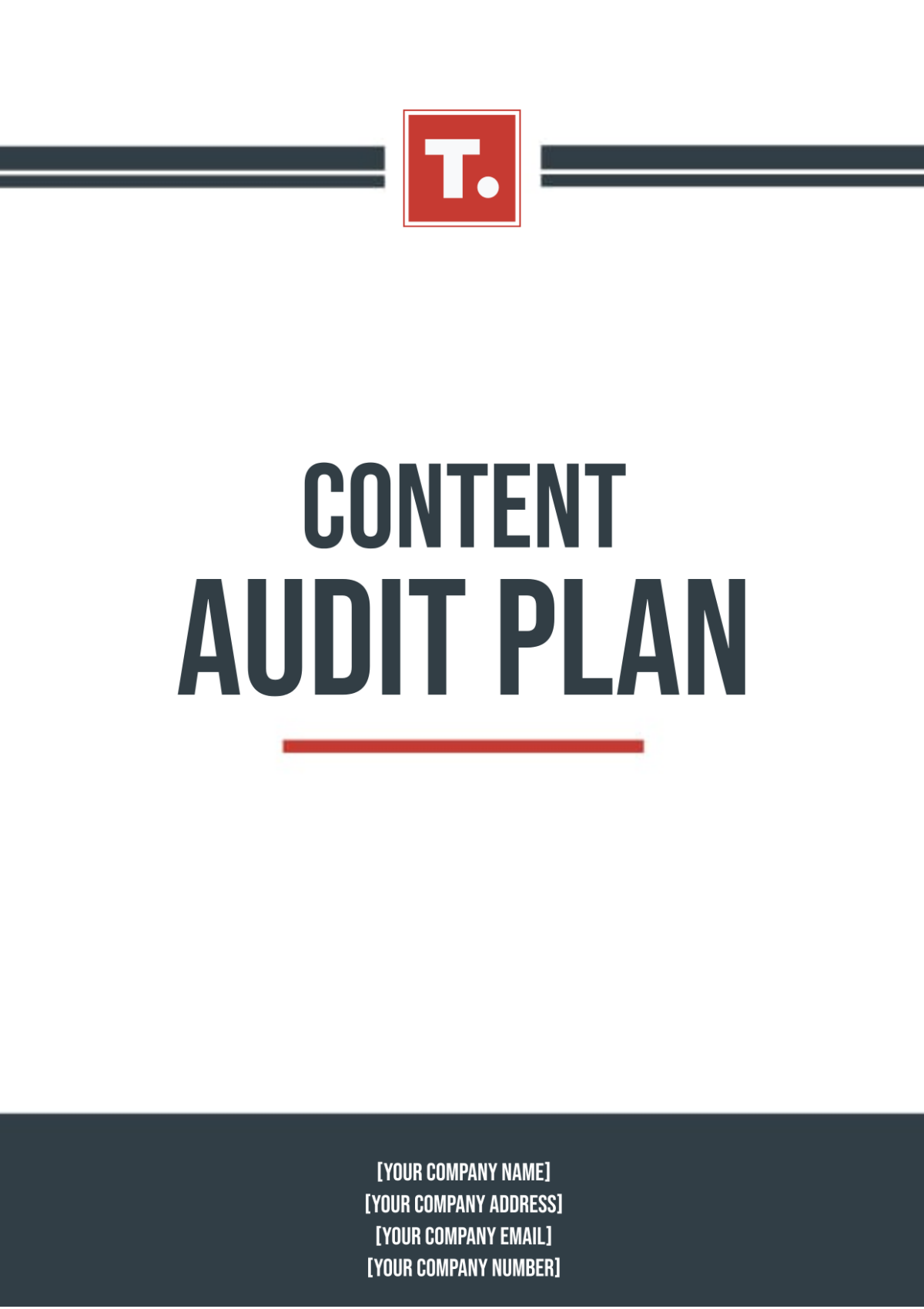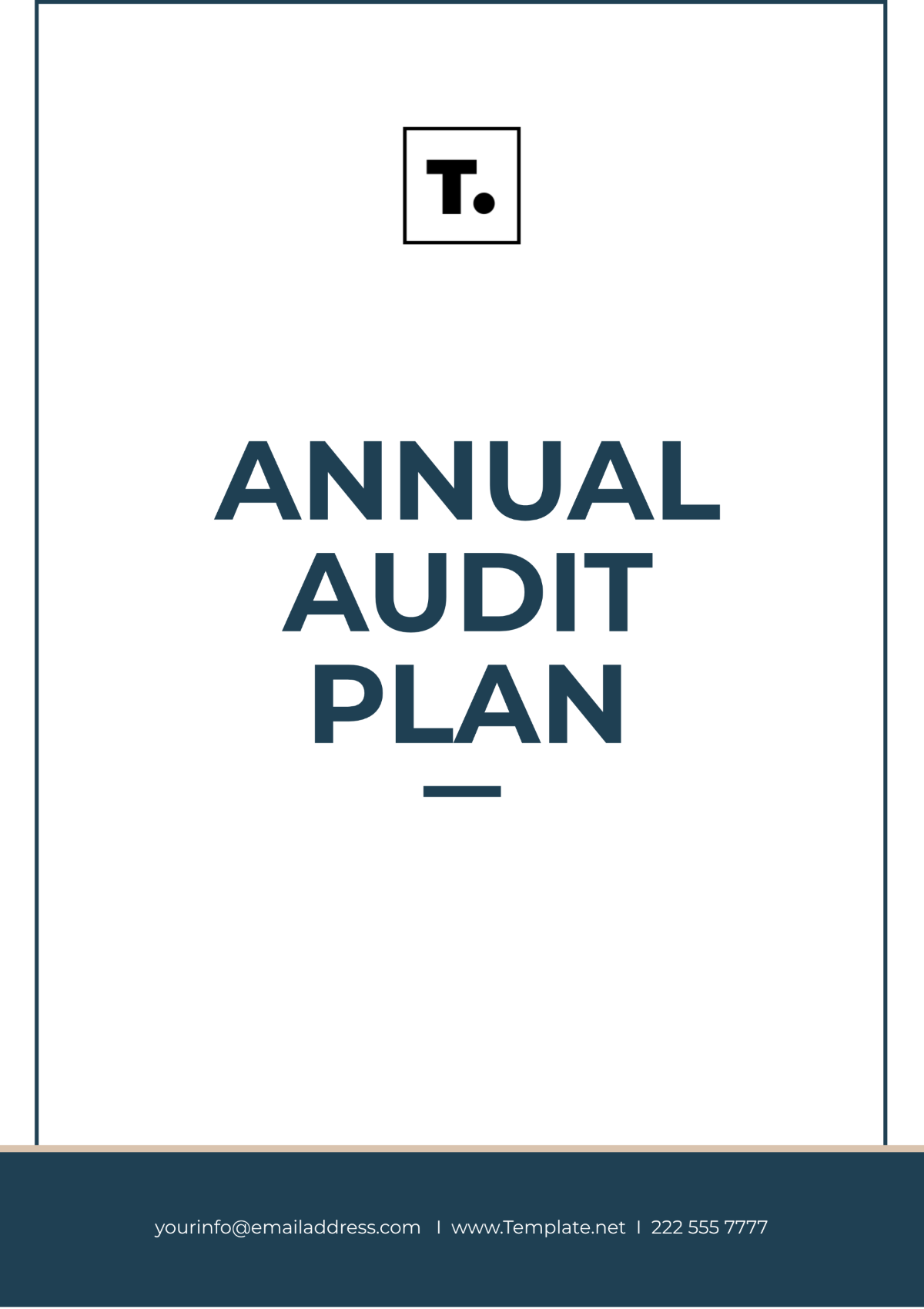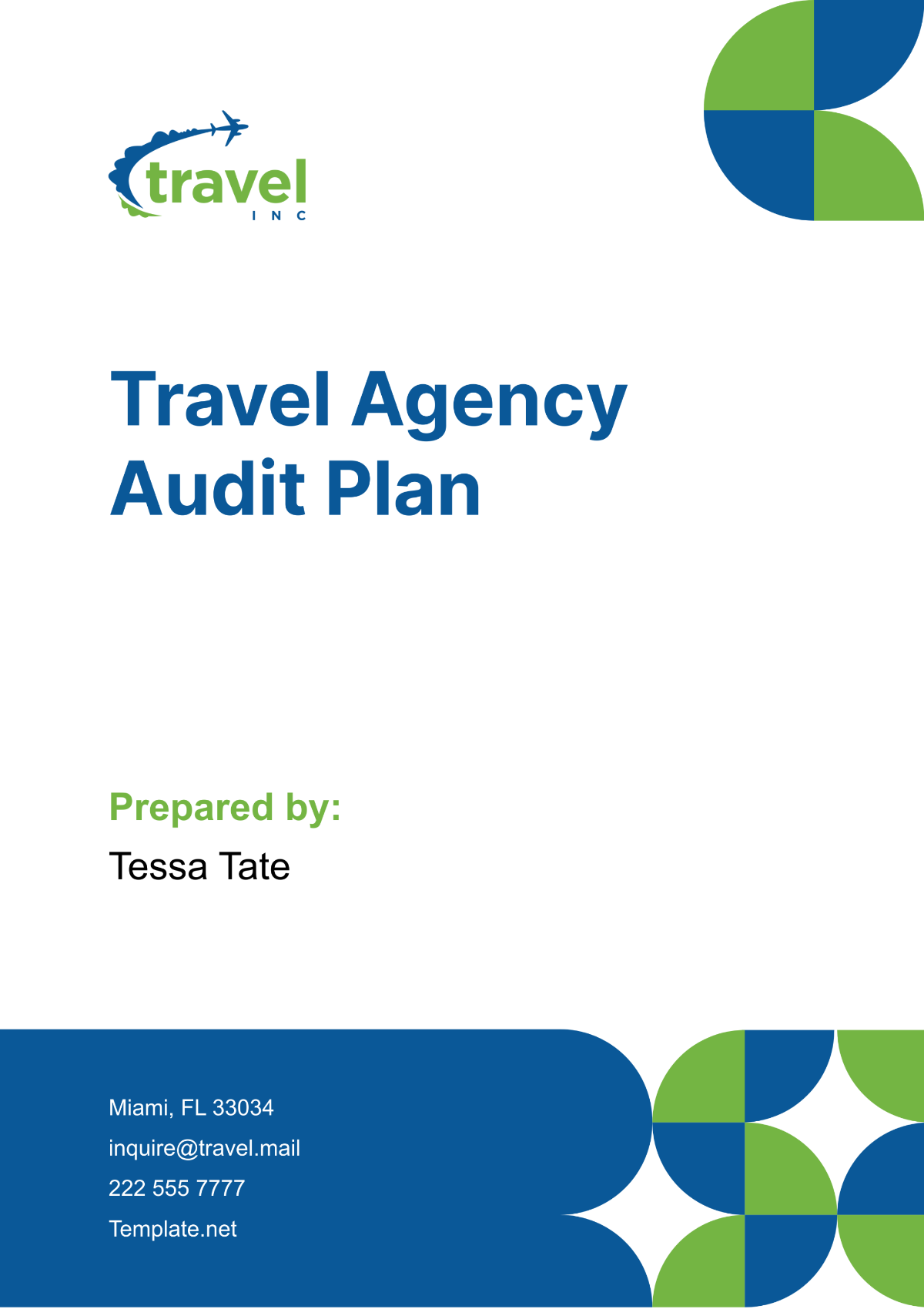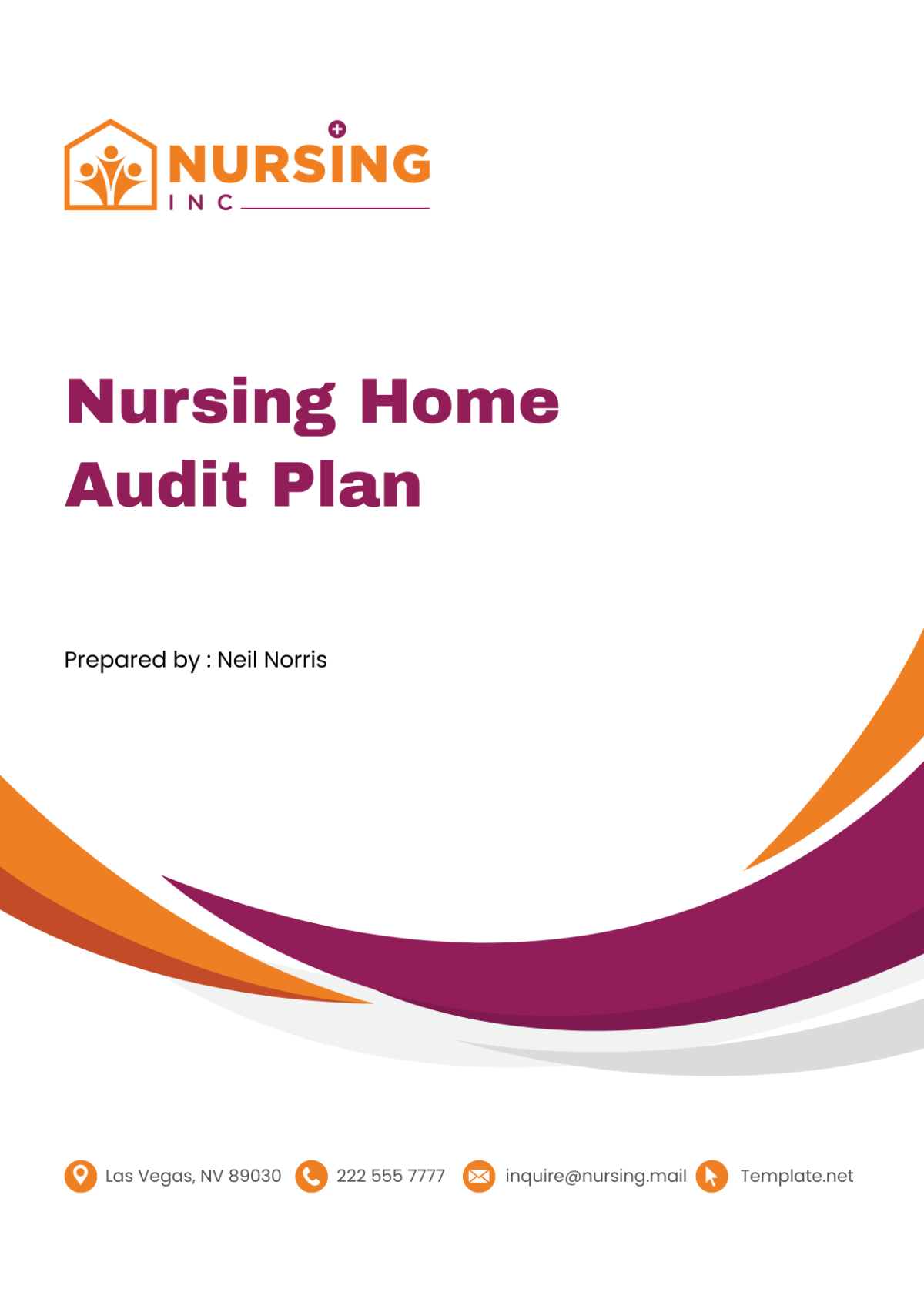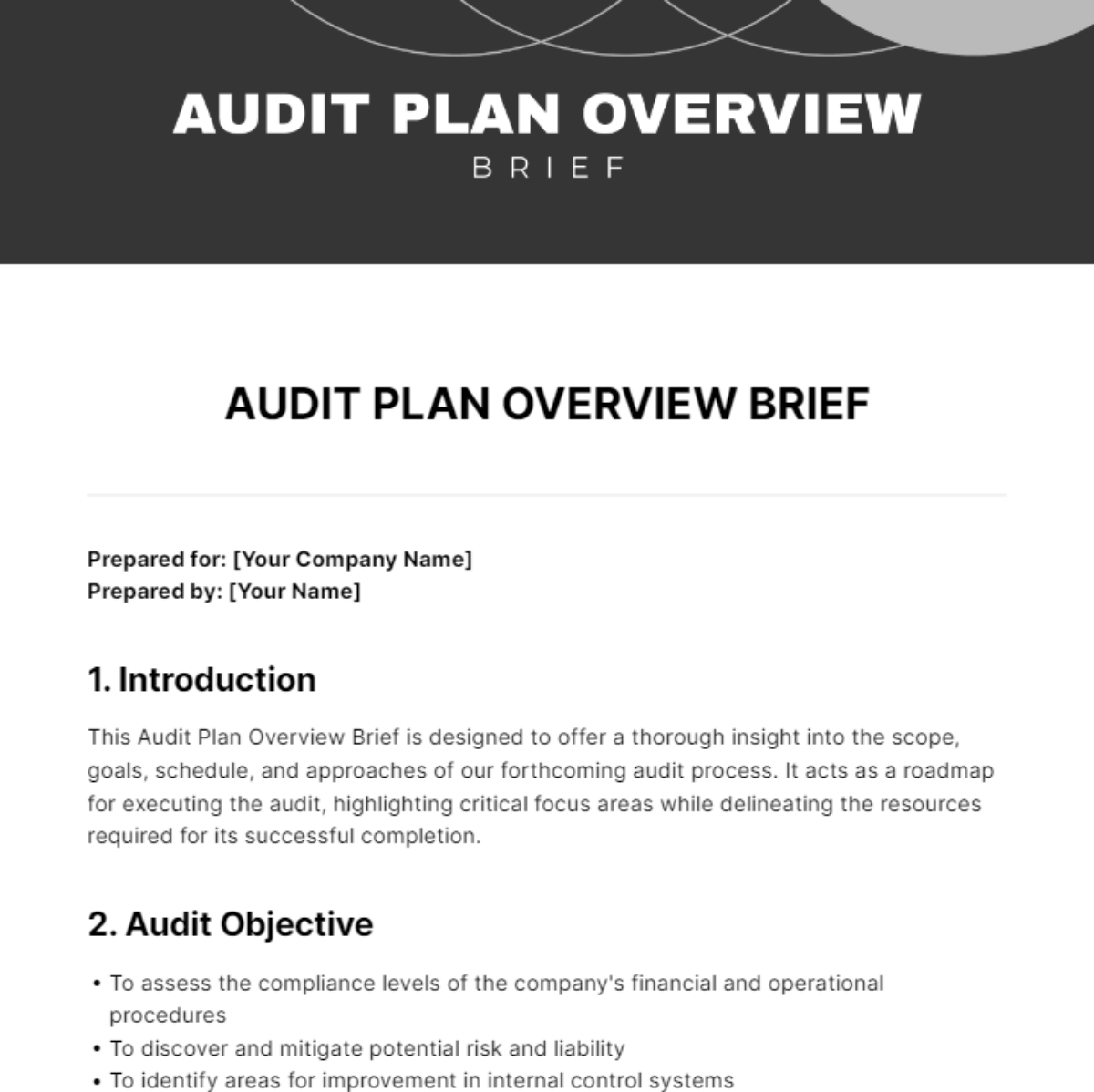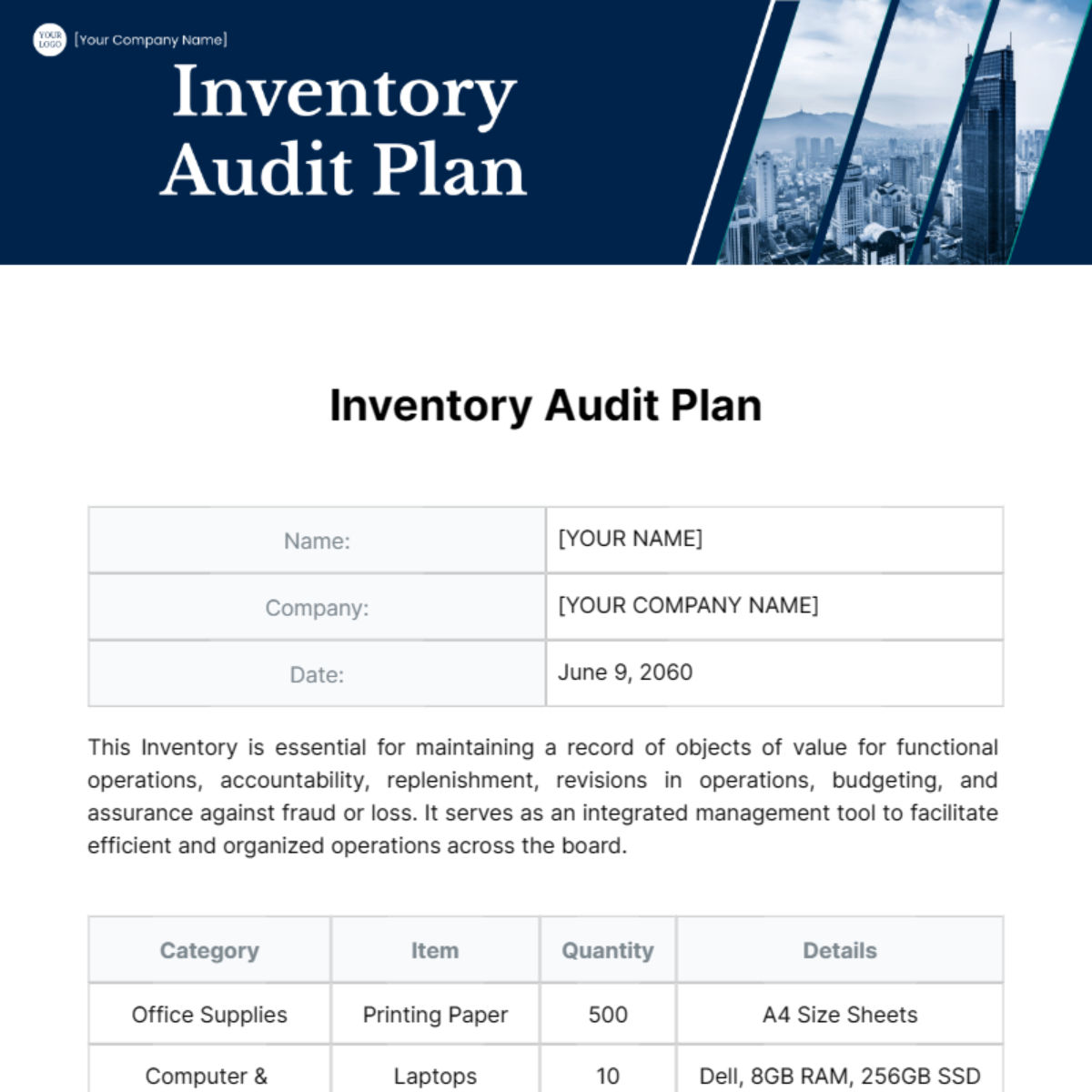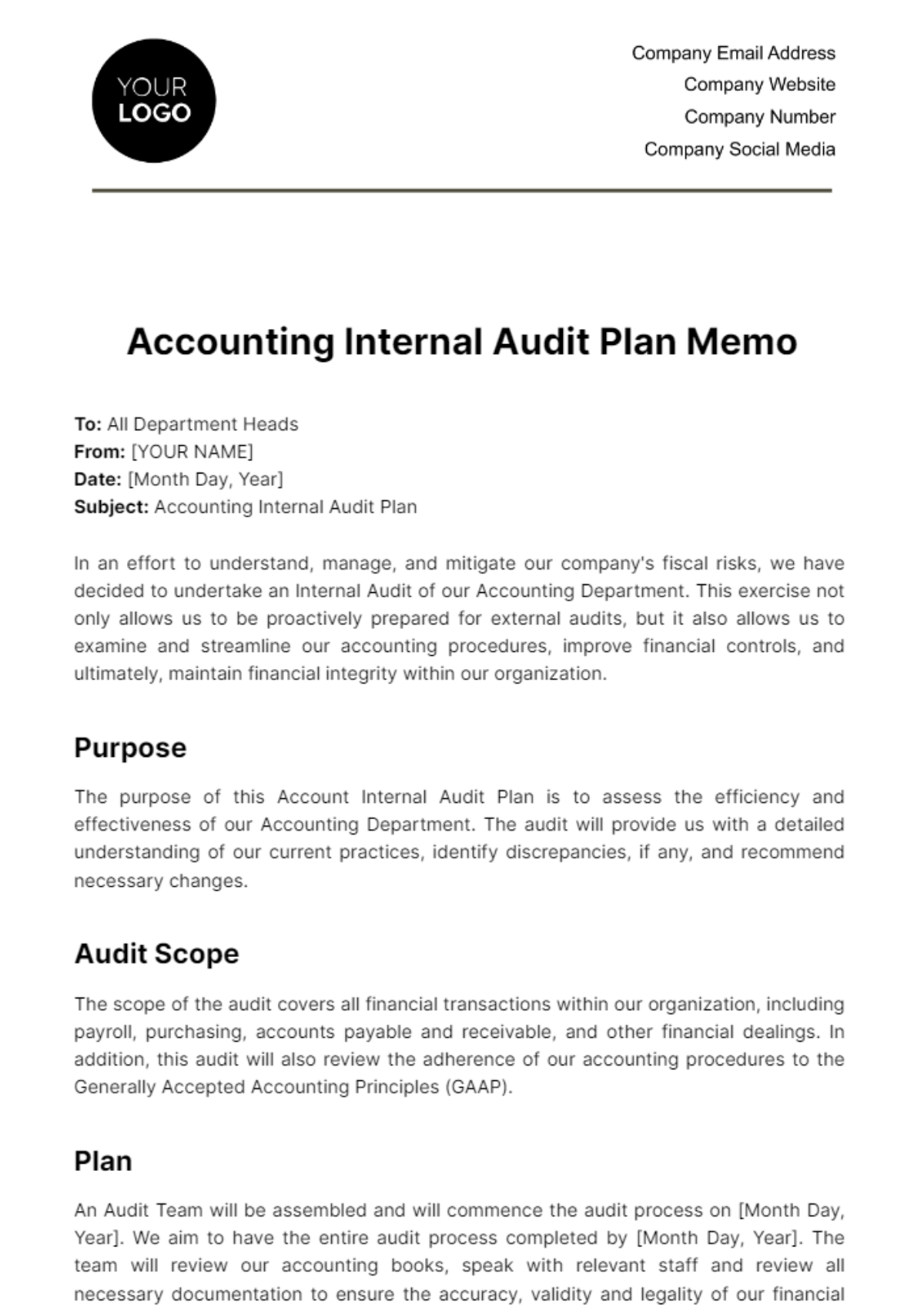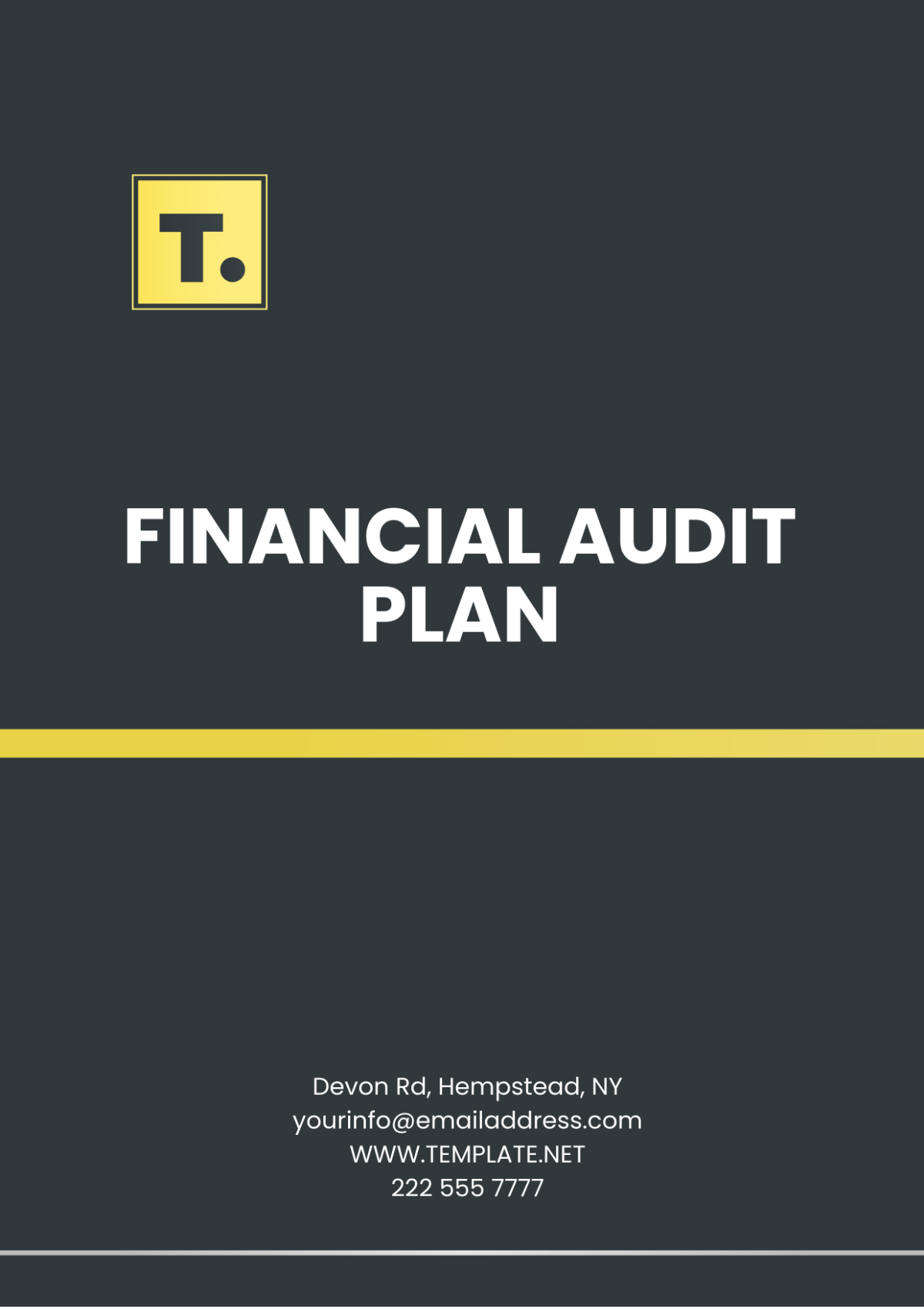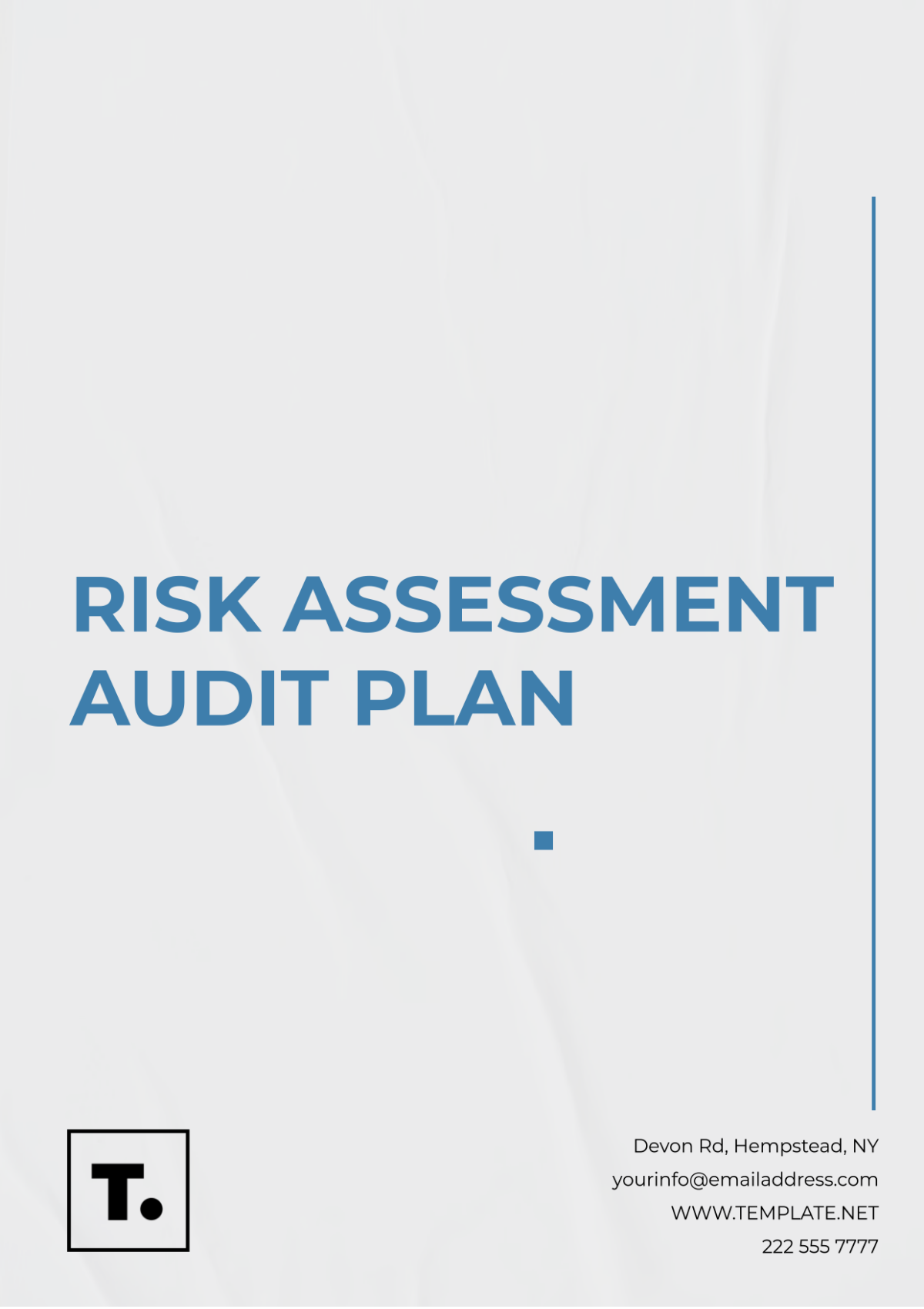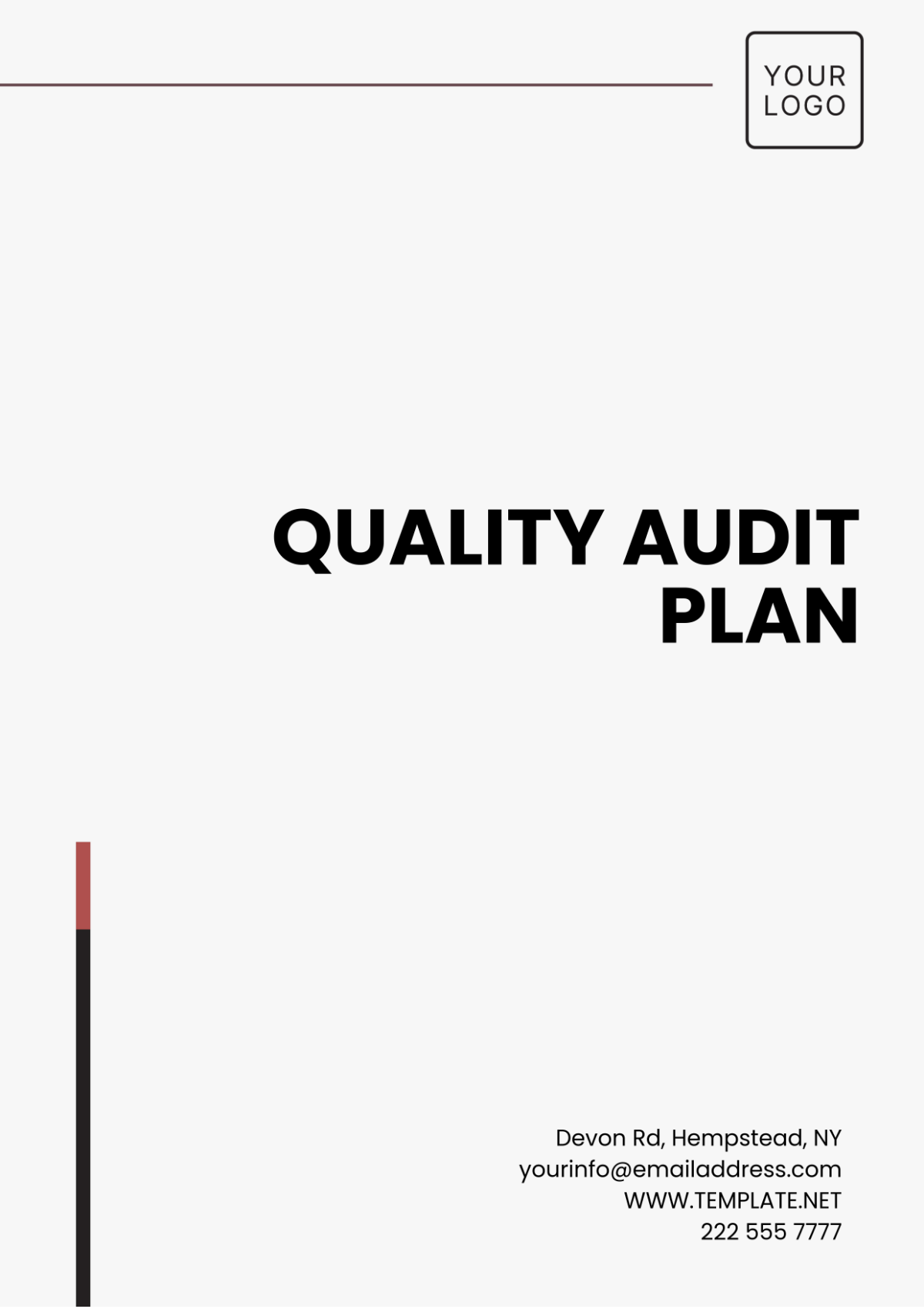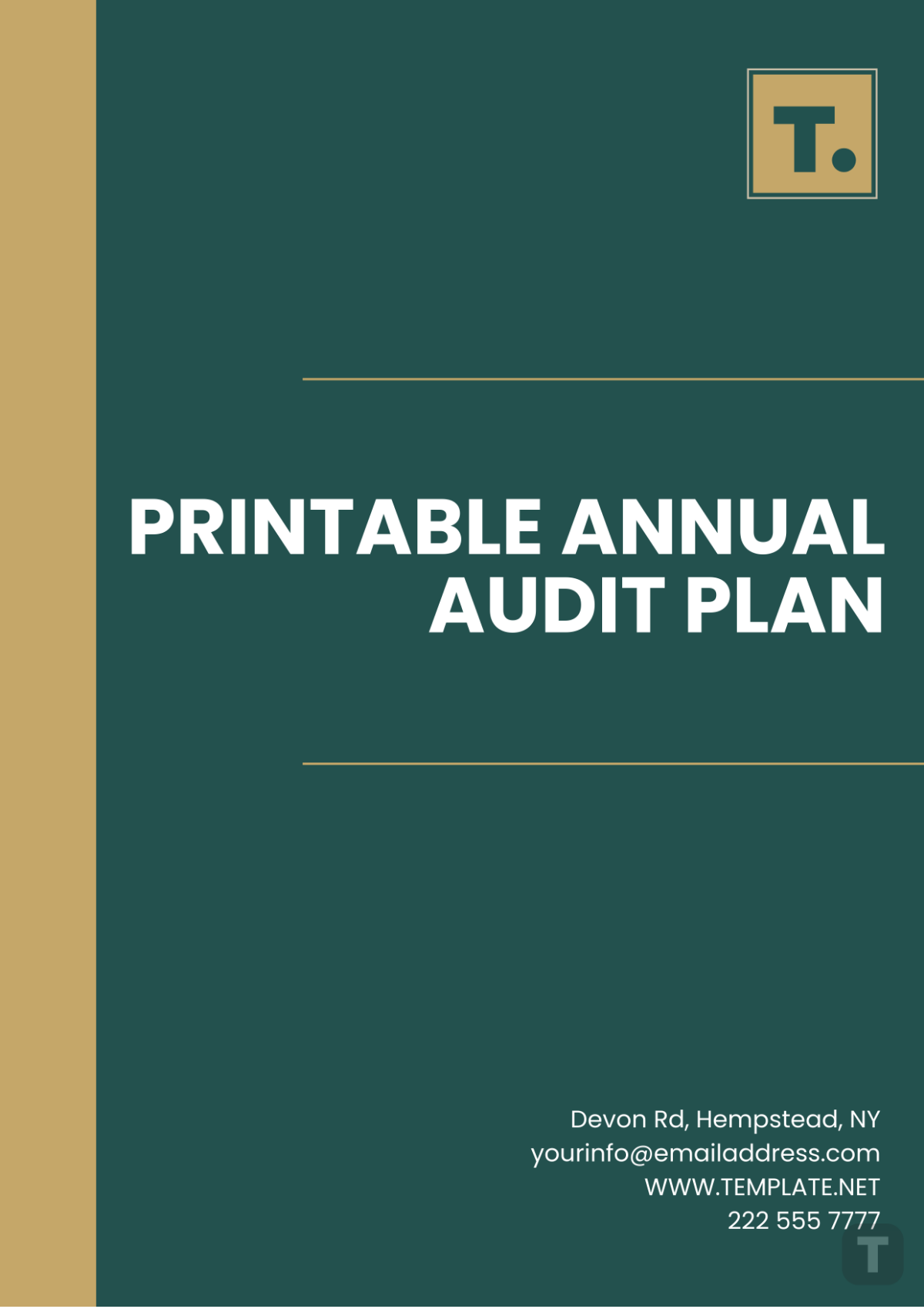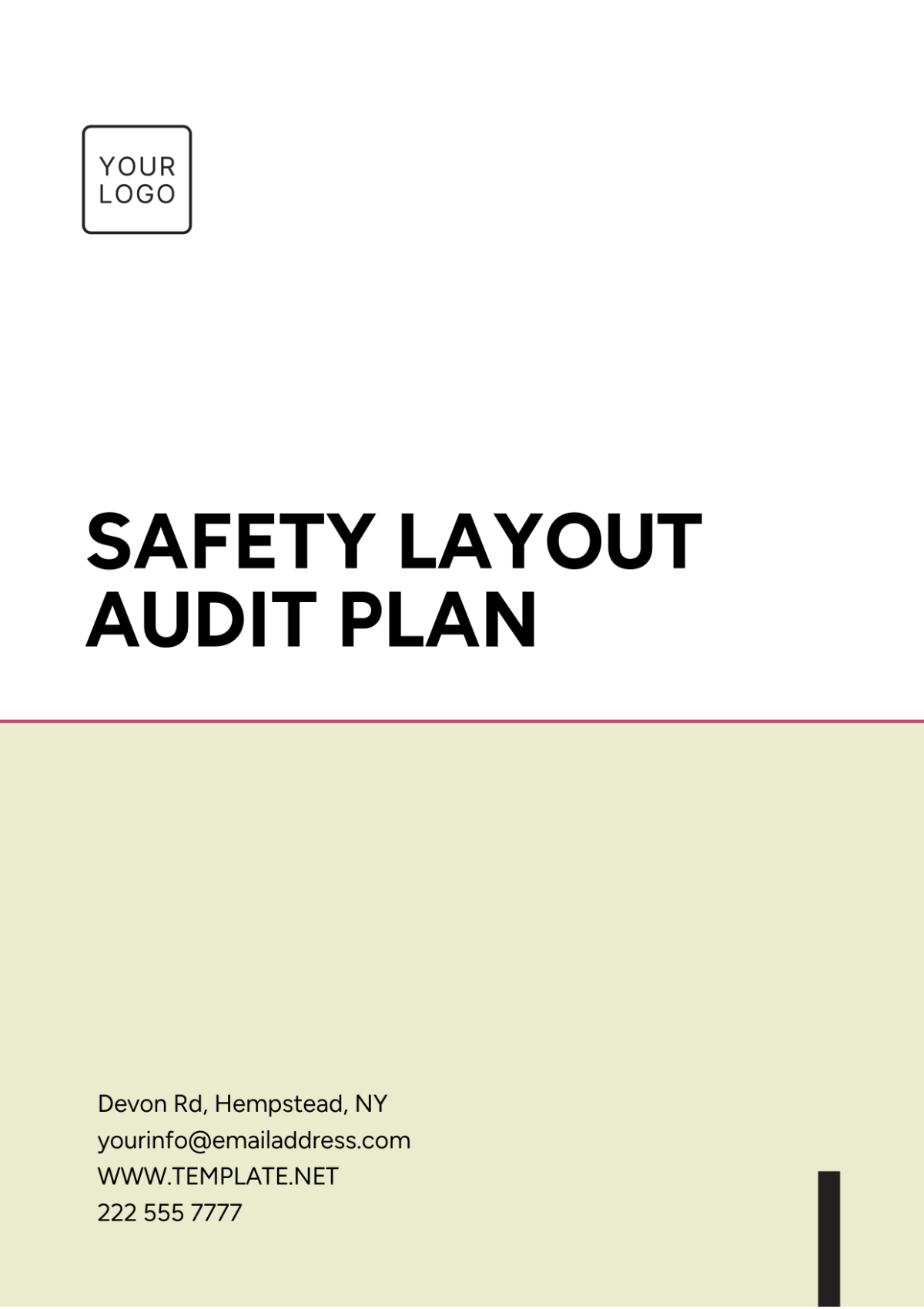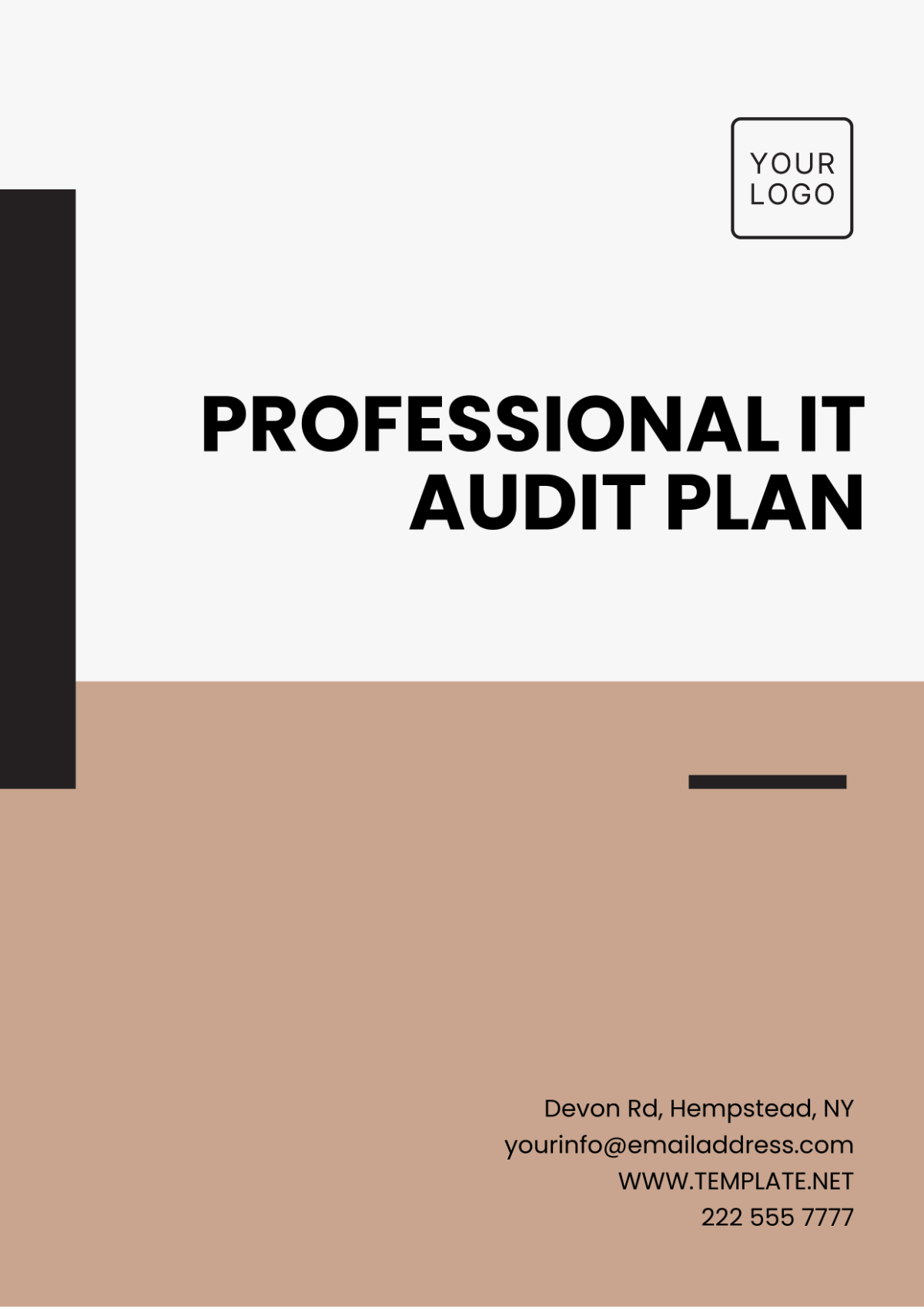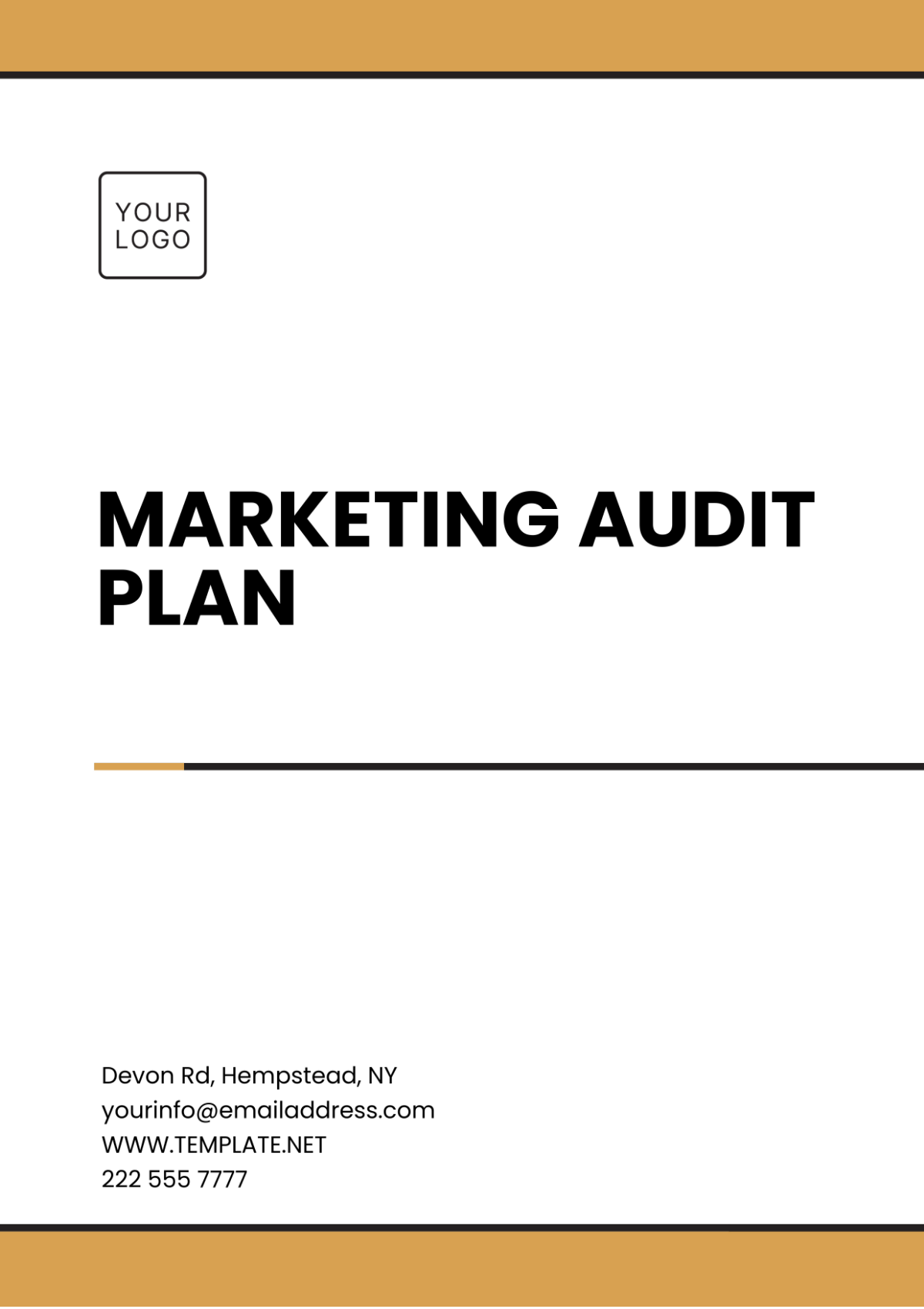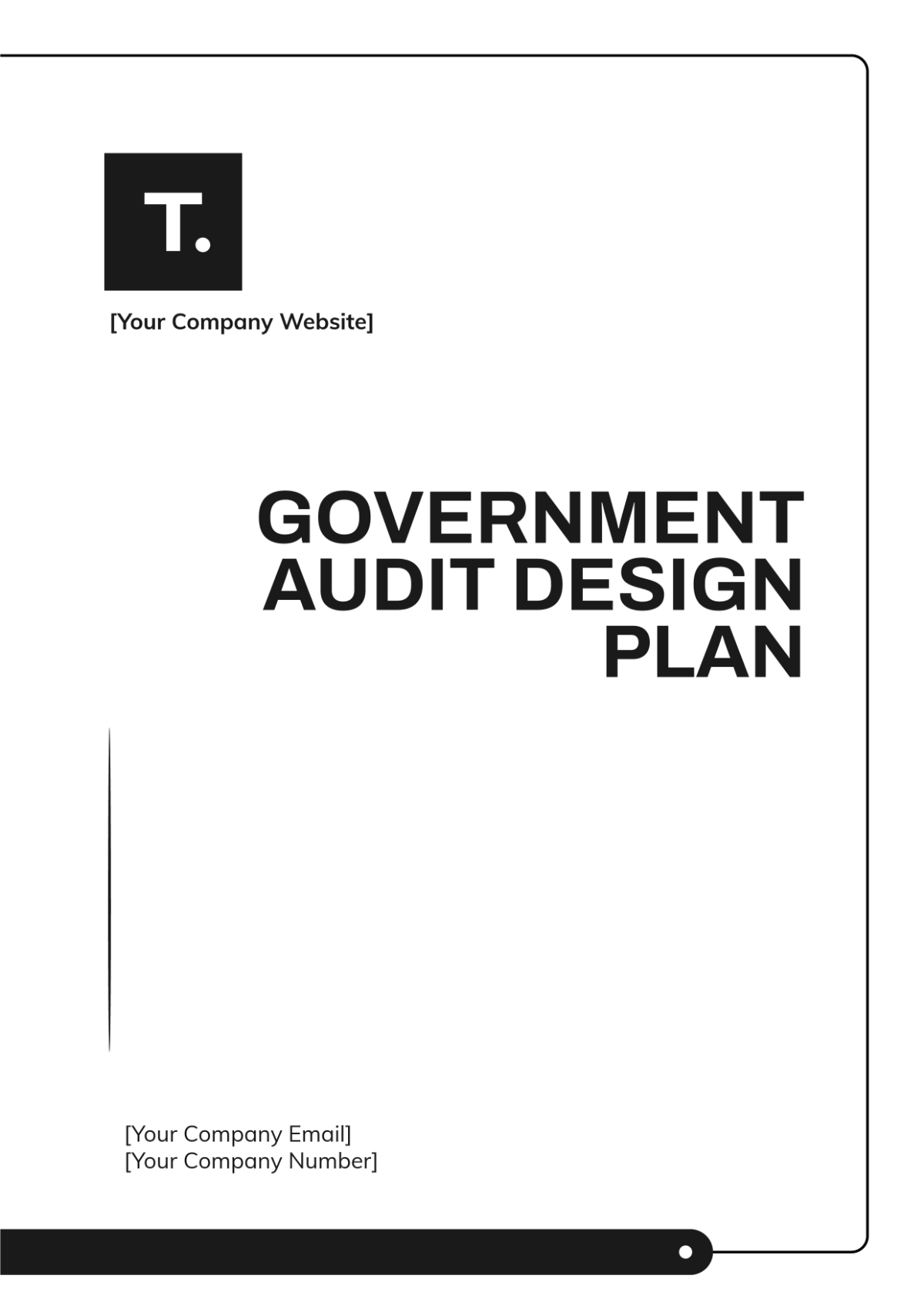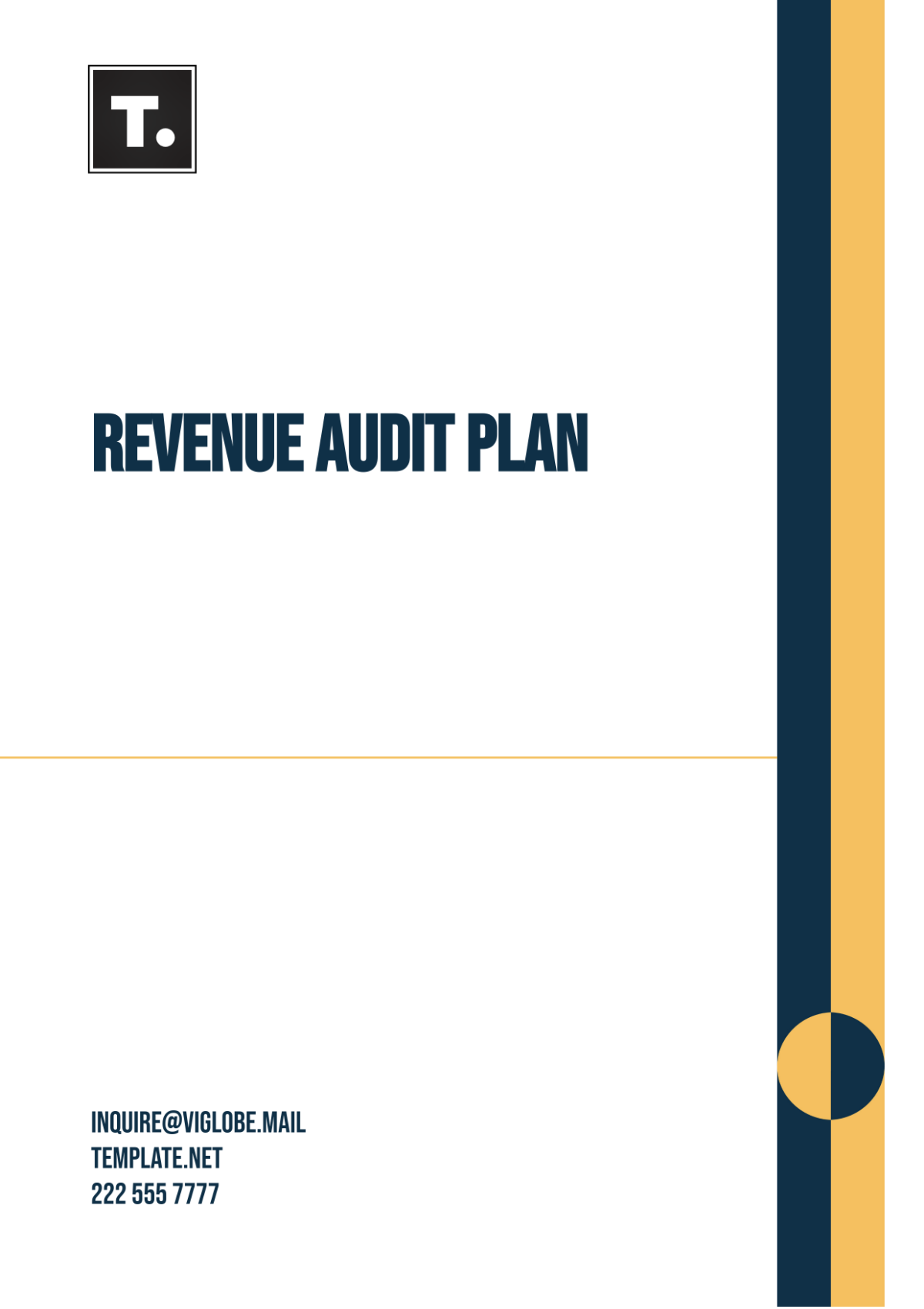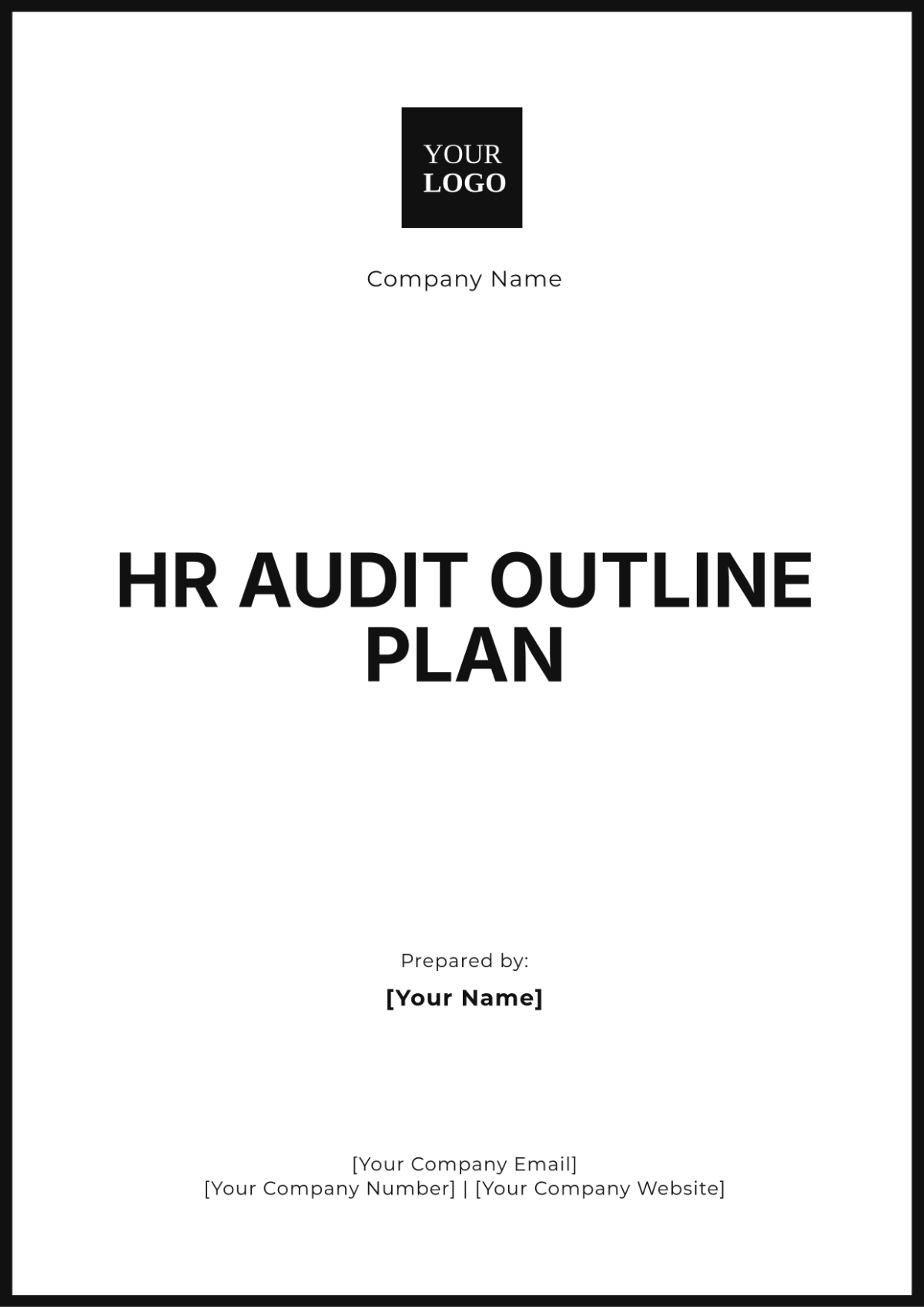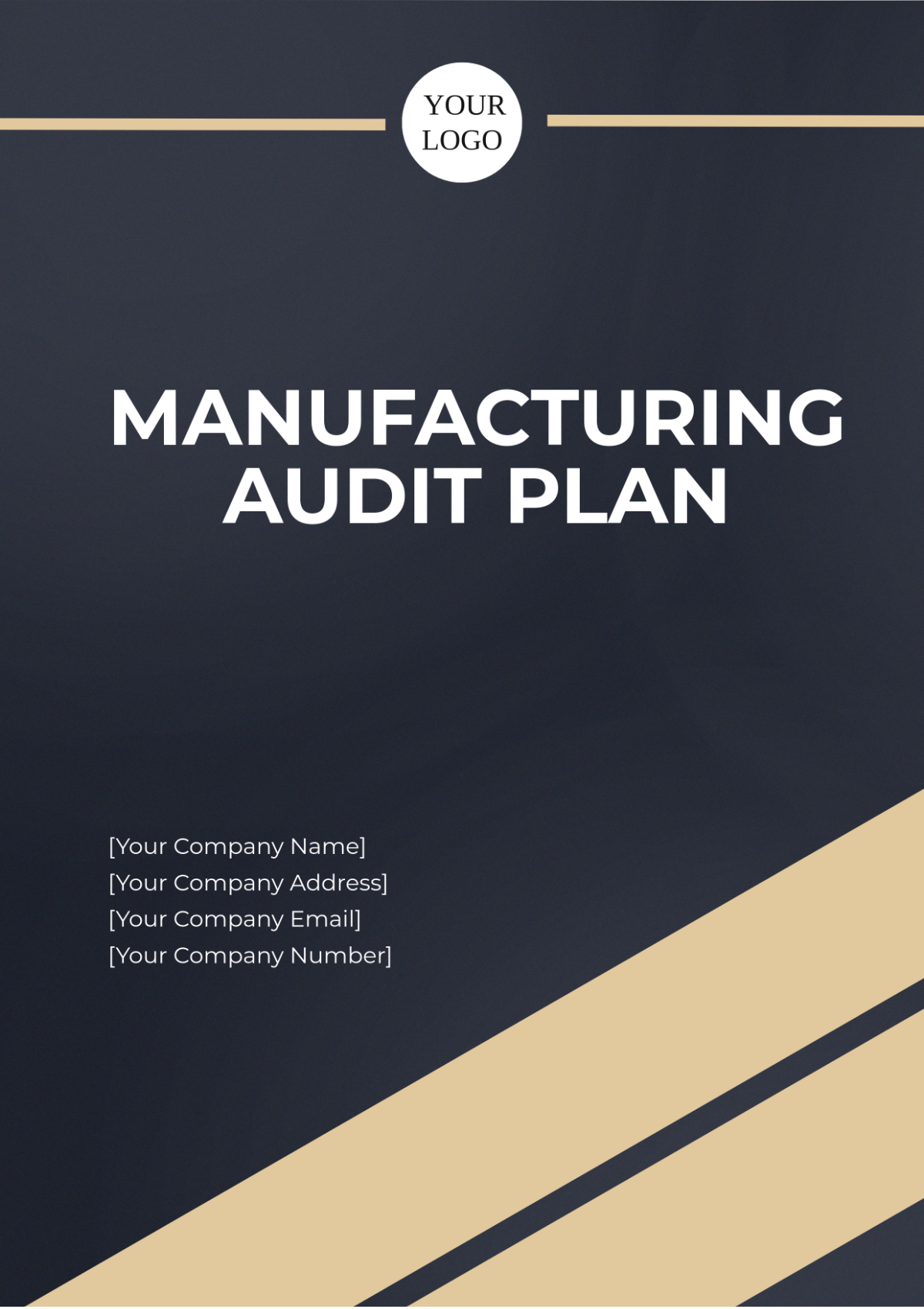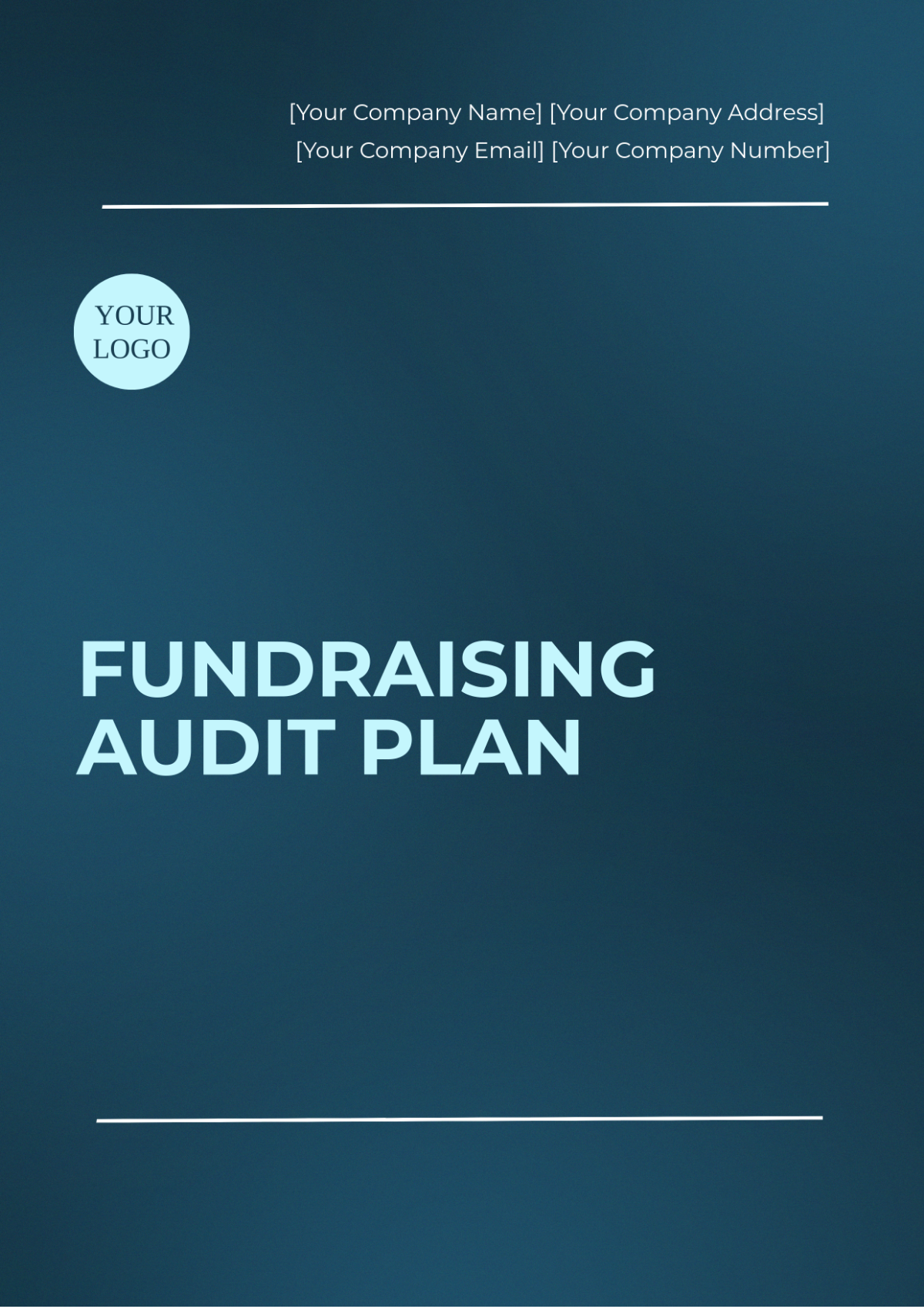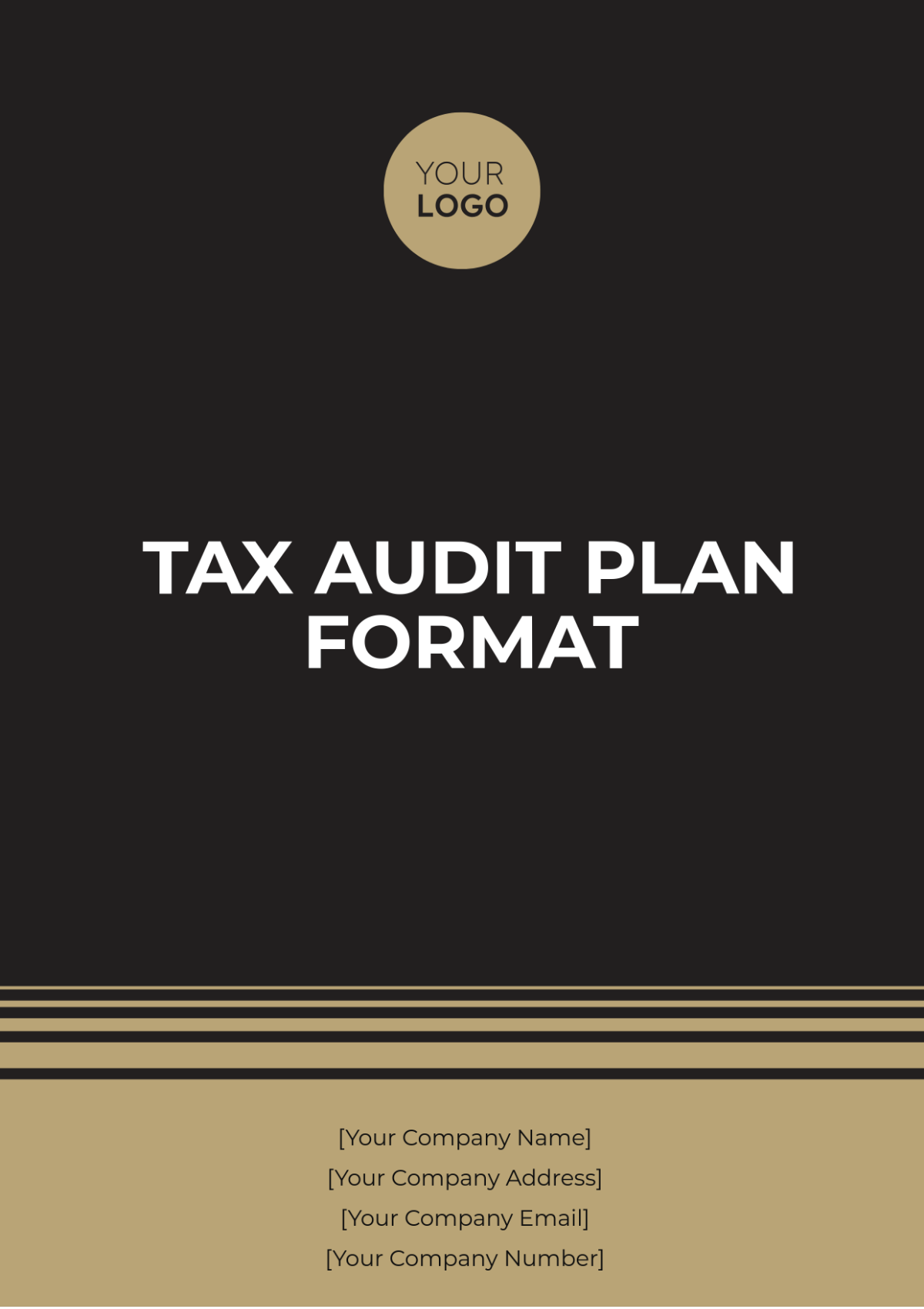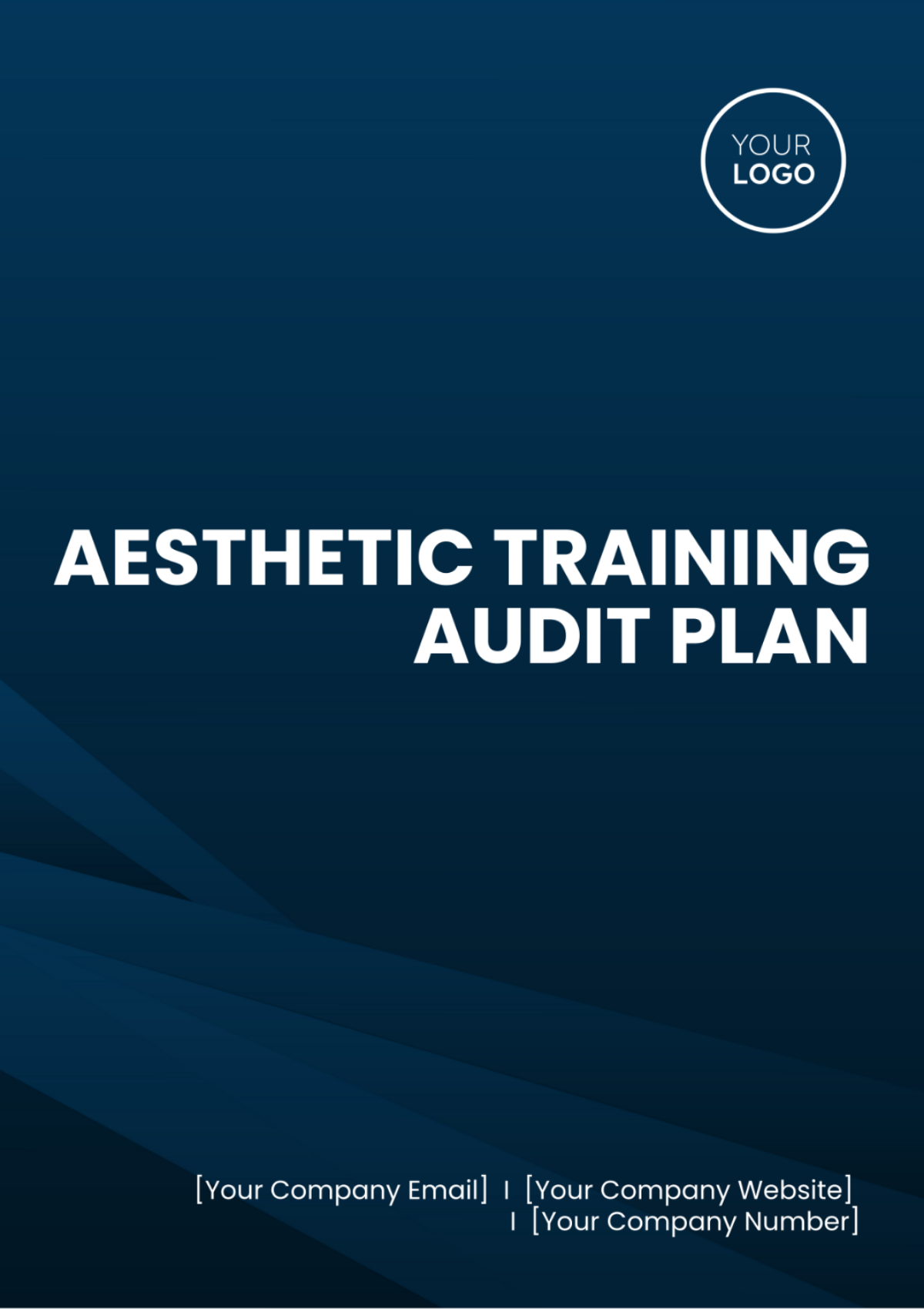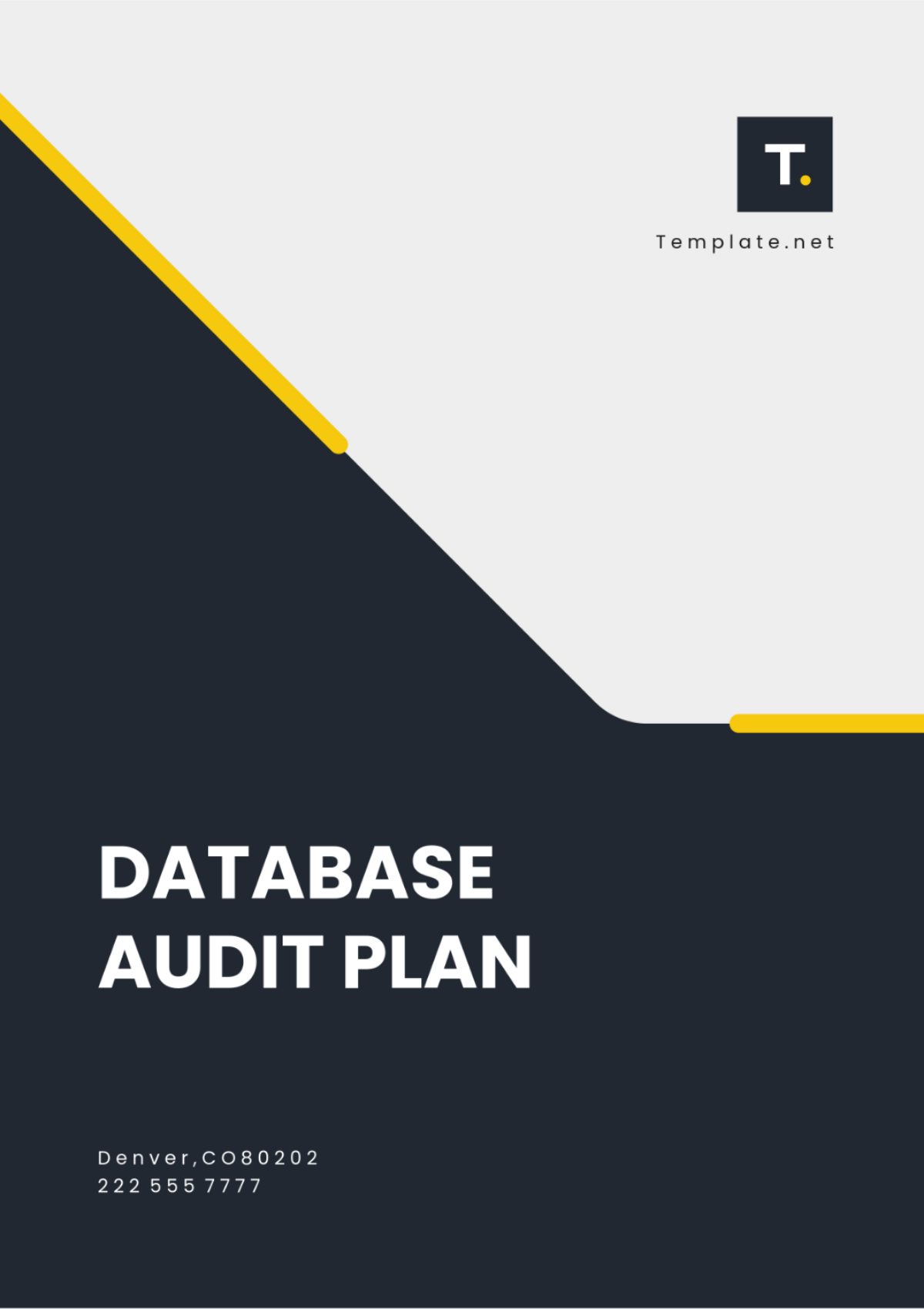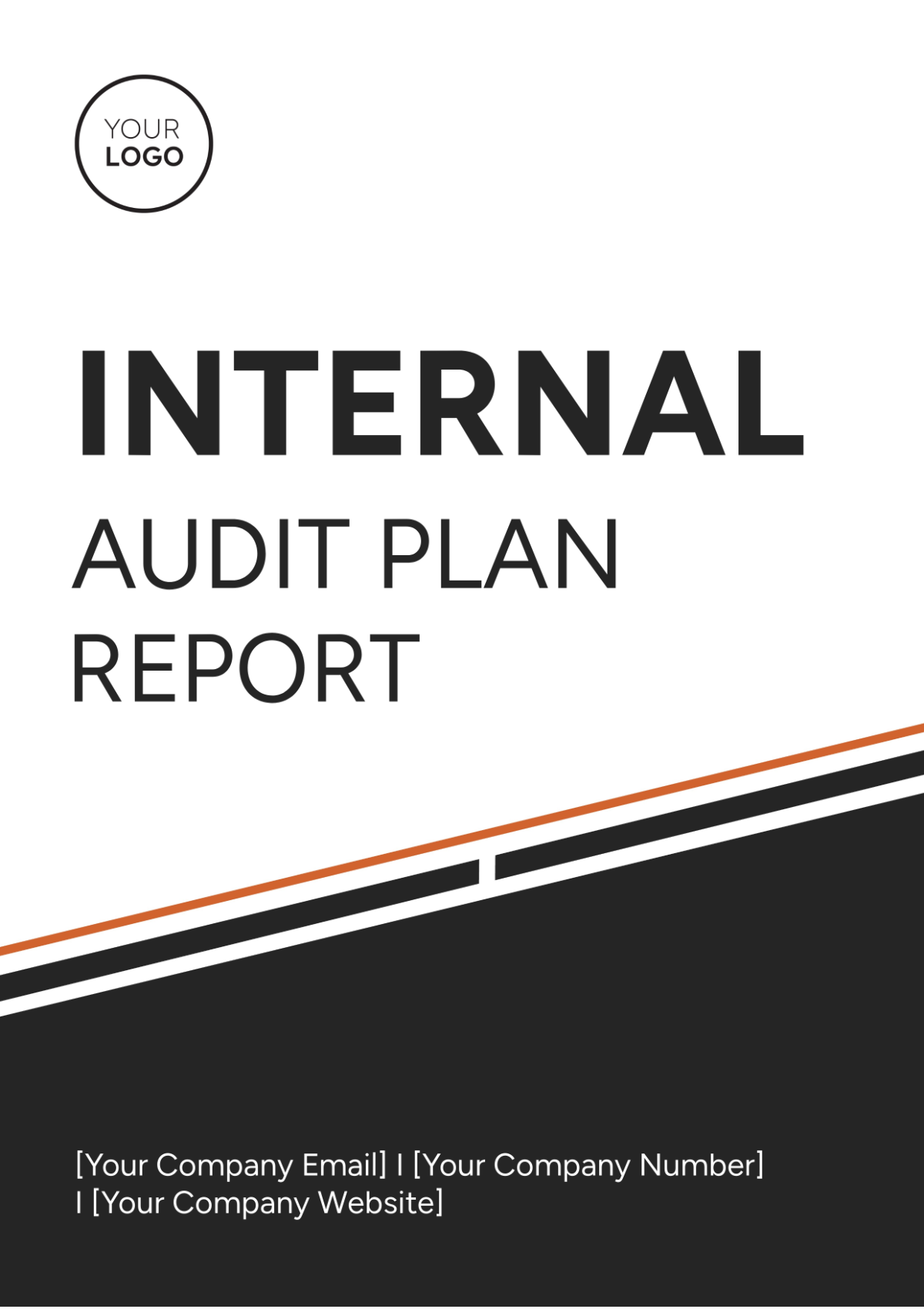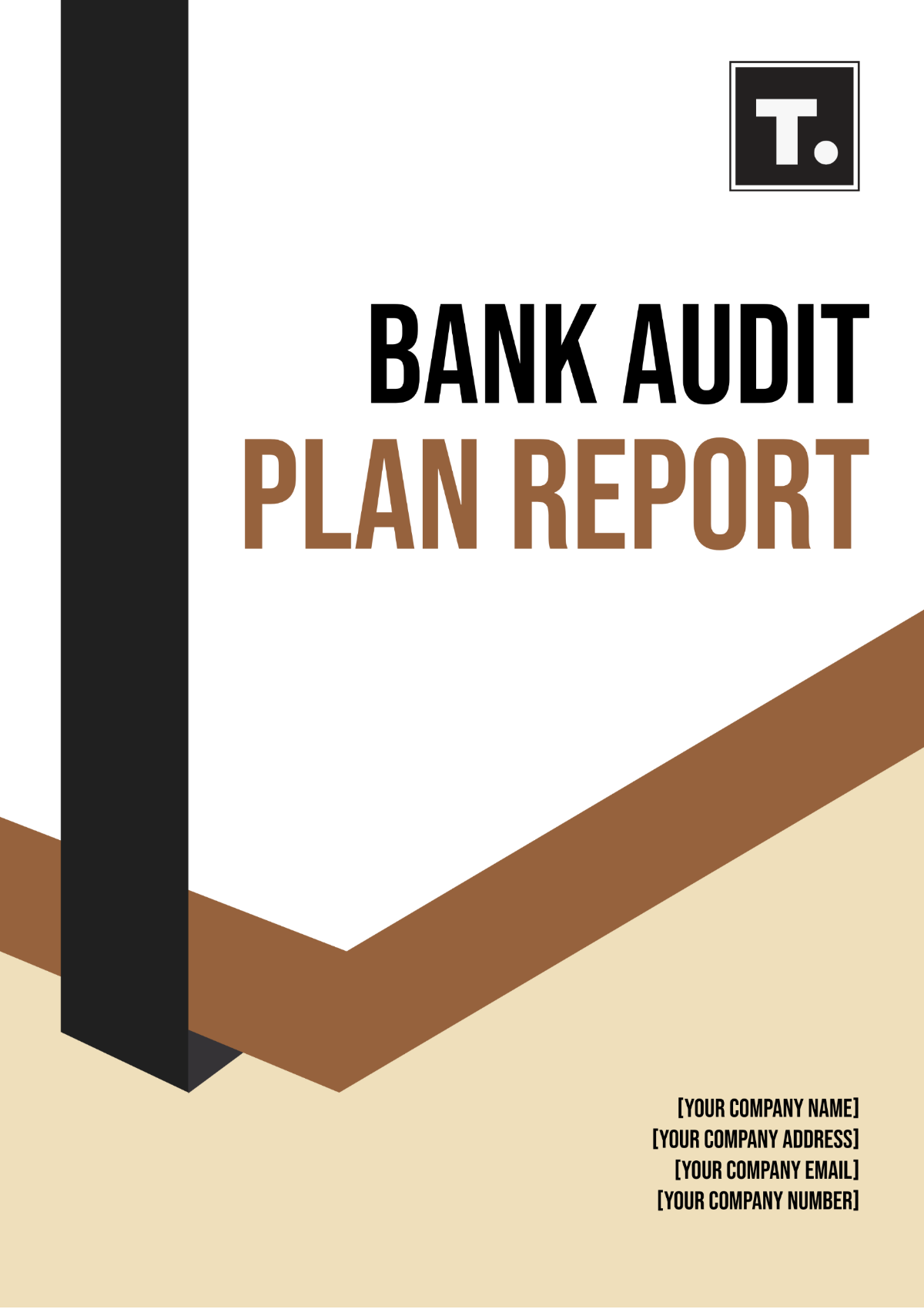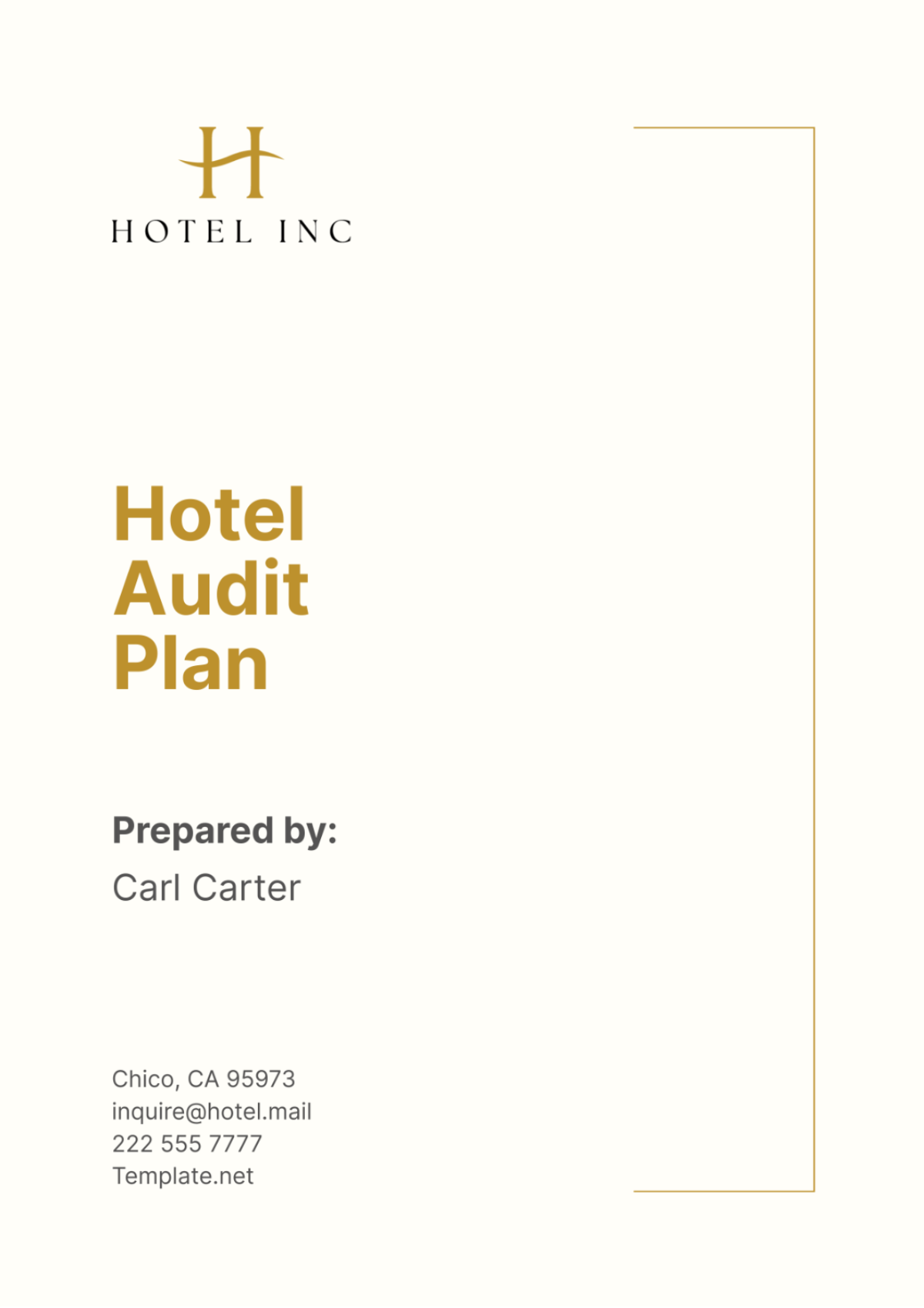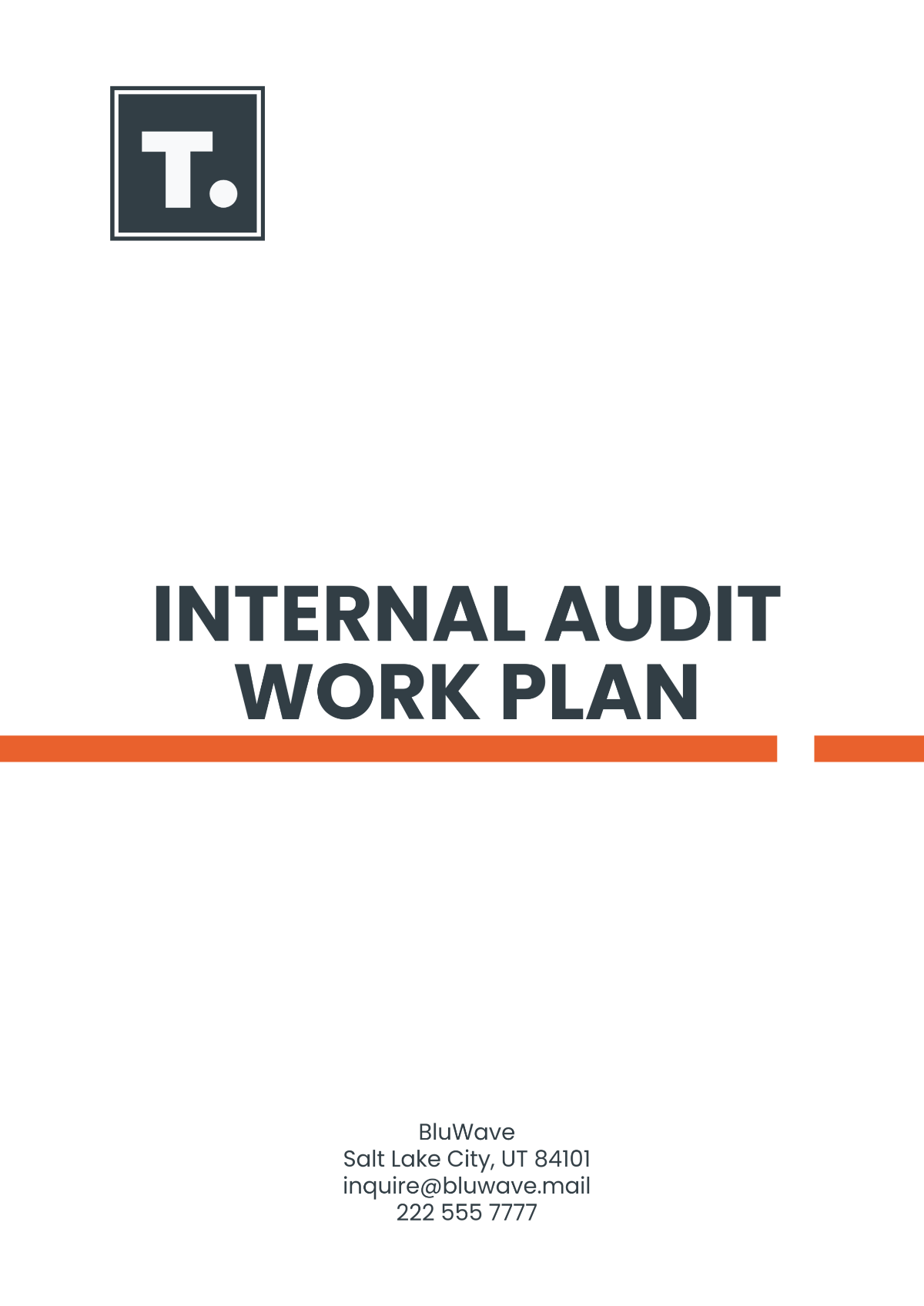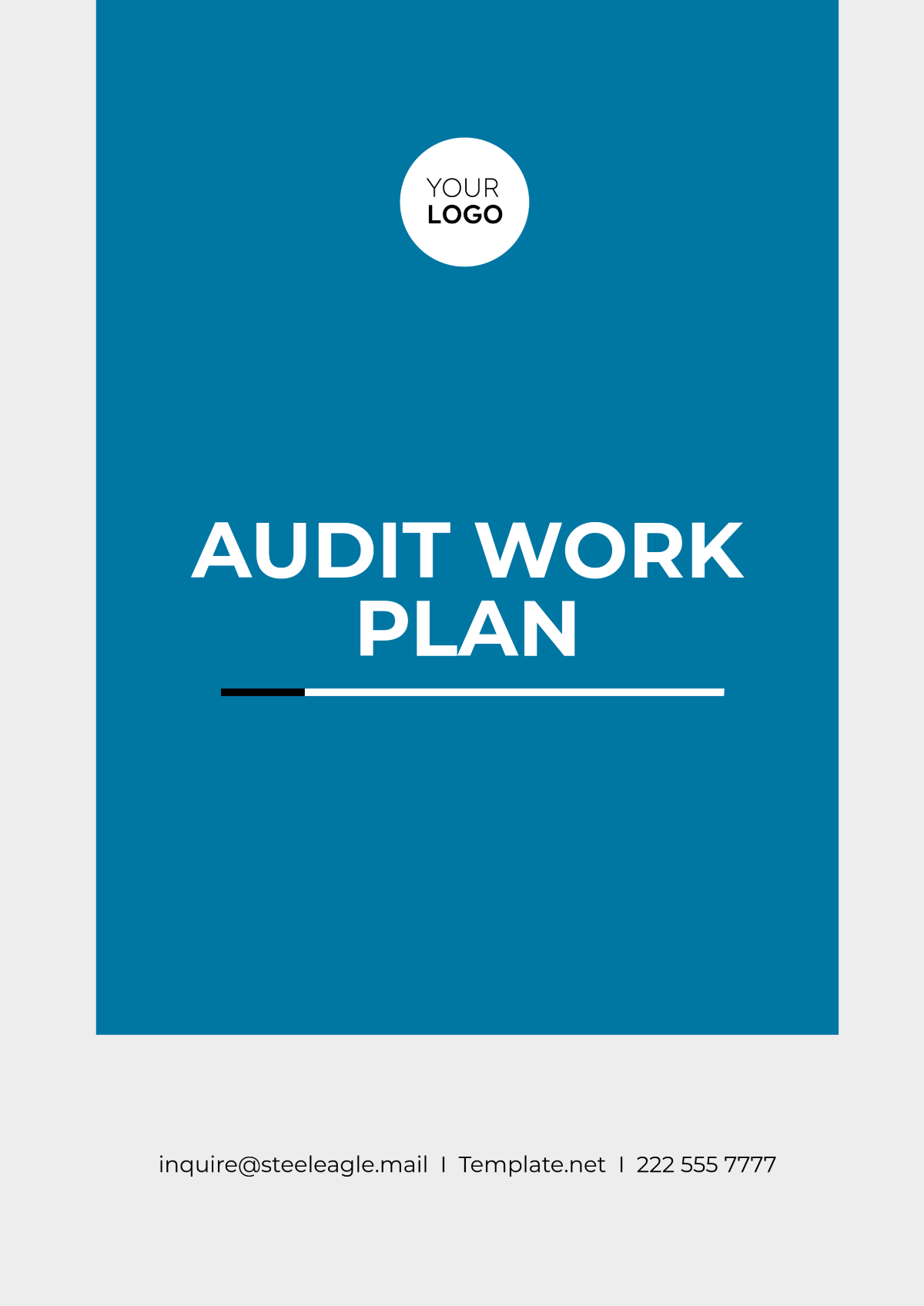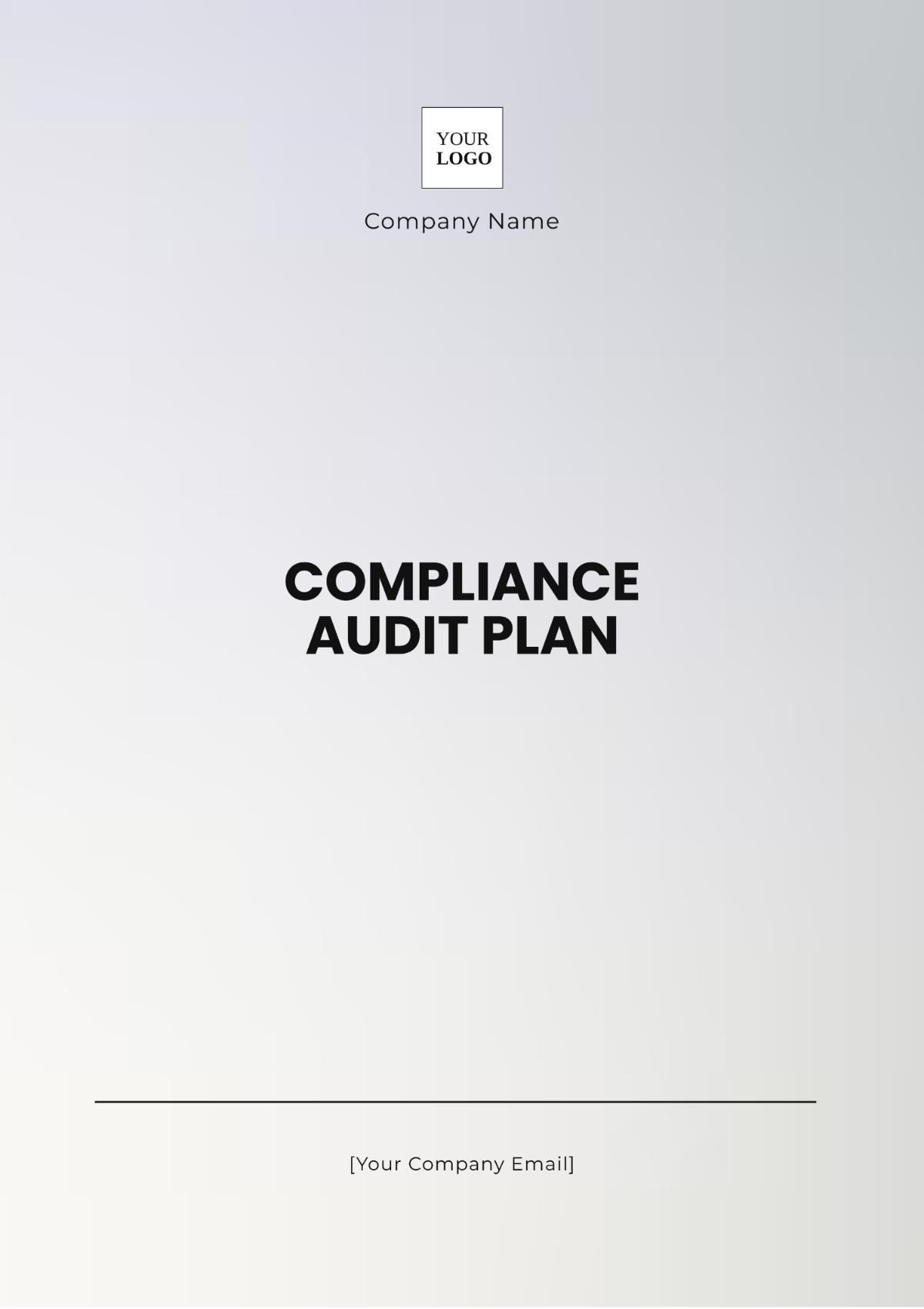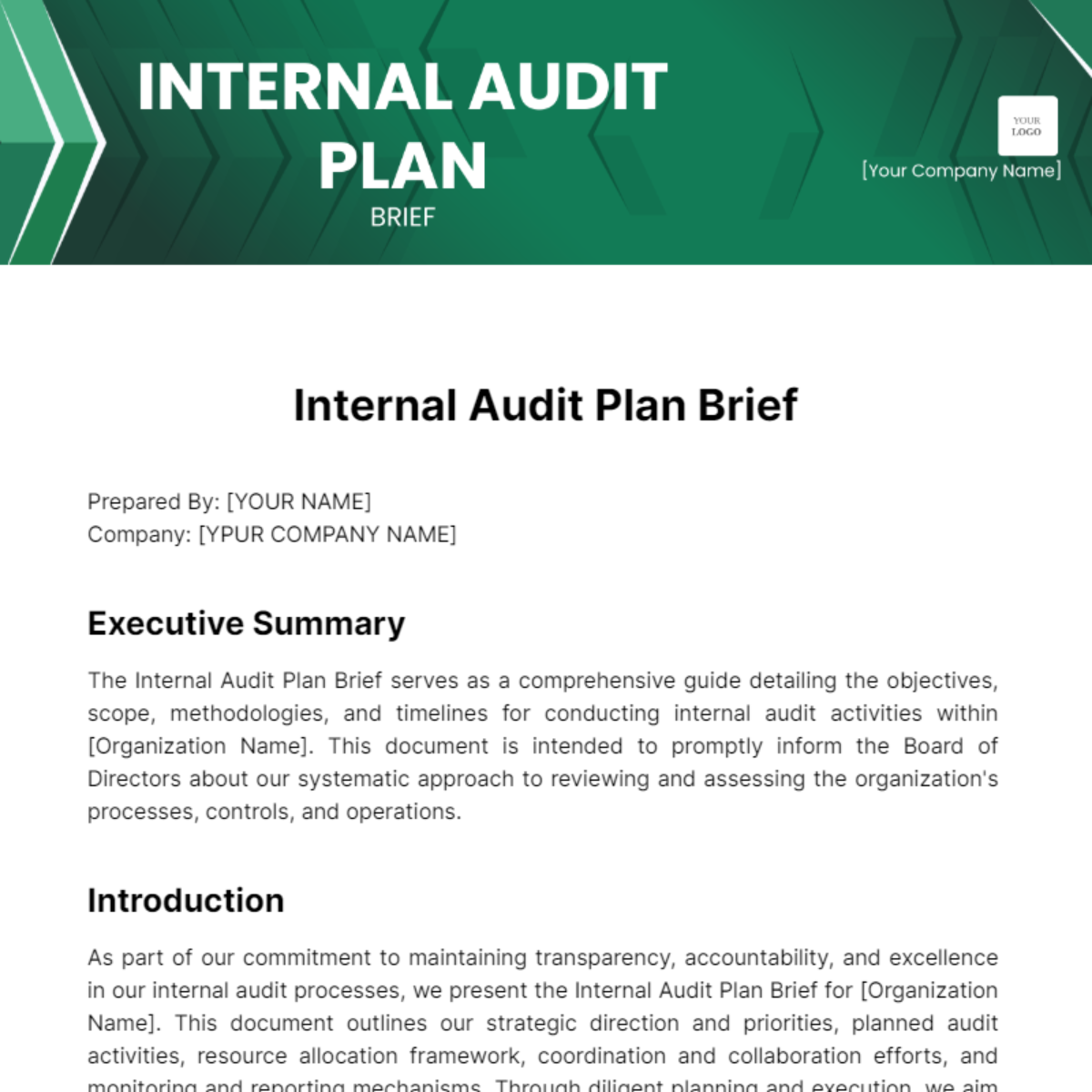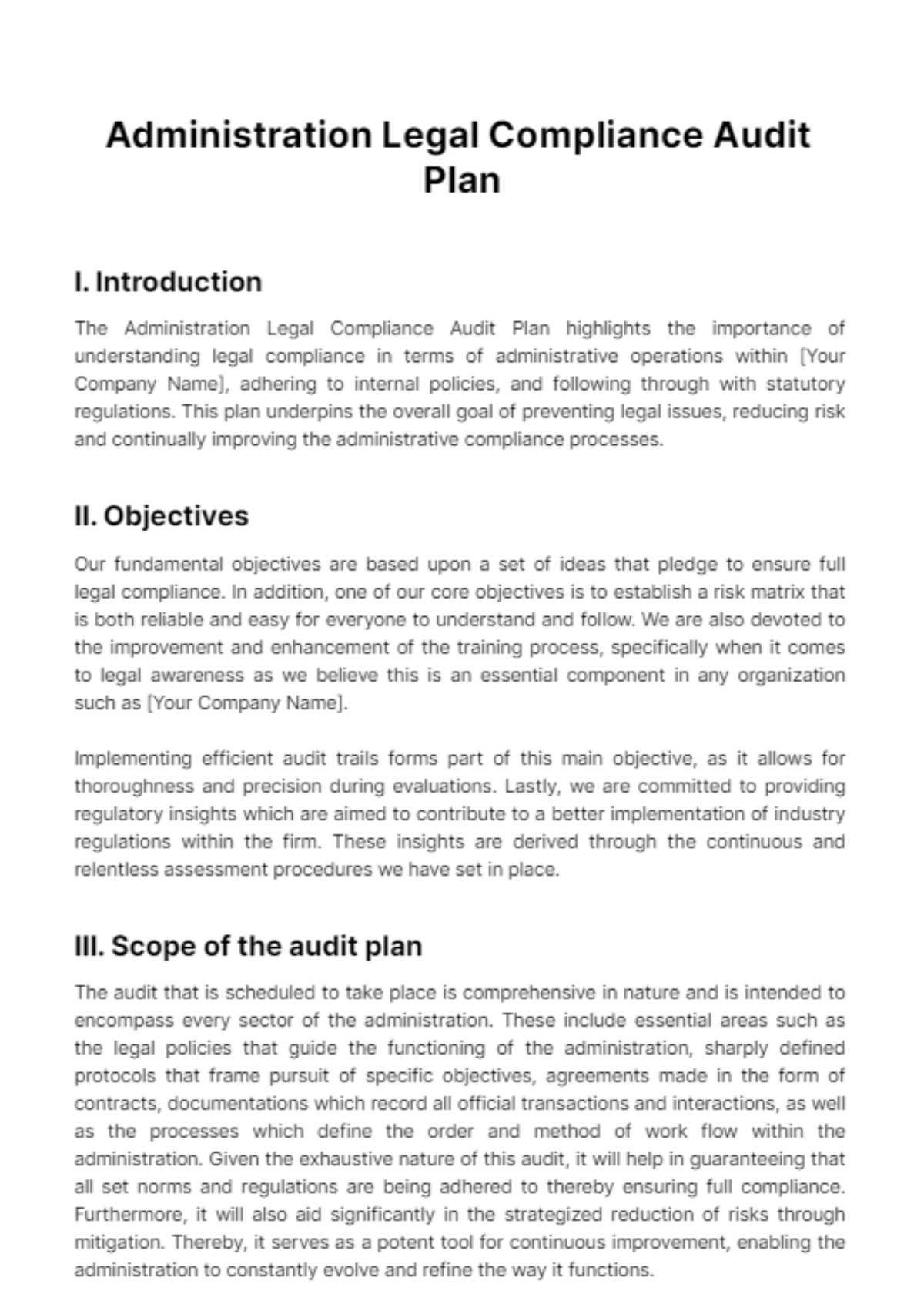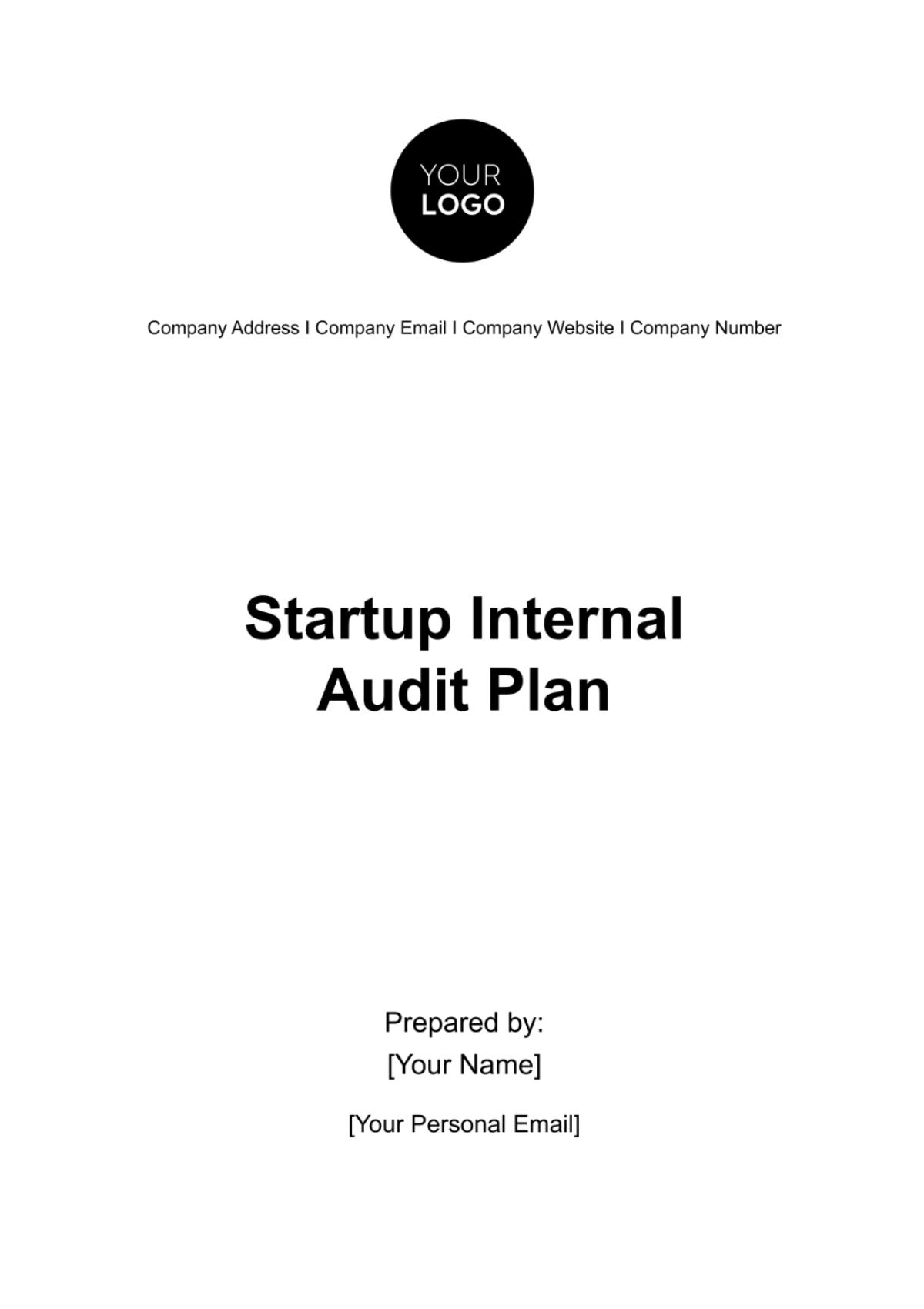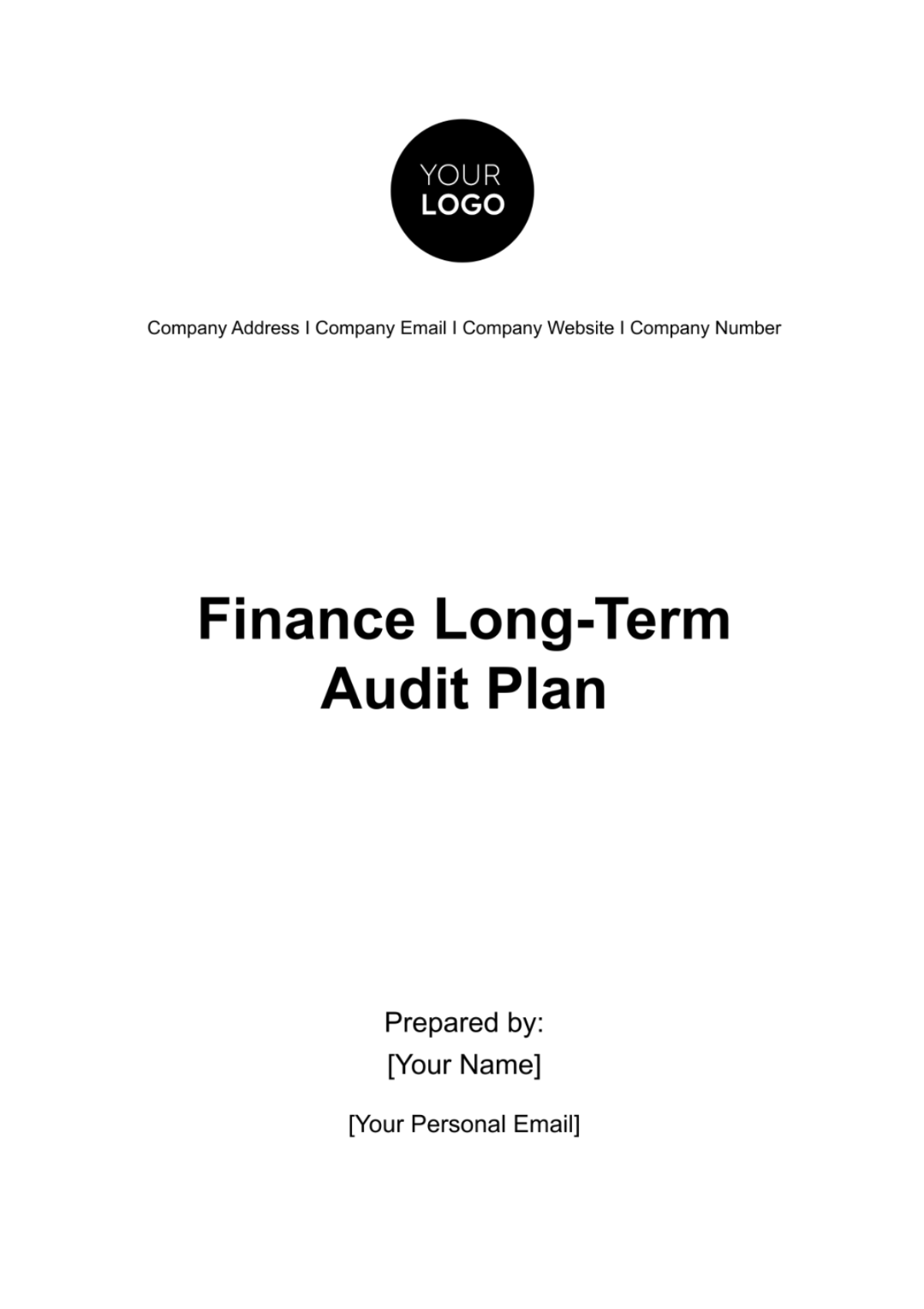Internal Audit Work Plan
I. Introduction
The Internal Audit Work Plan serves as a strategic blueprint for upholding legal mandates, regulatory requirements, and industry standards within [Your Company Name]. Rooted in our commitment to transparency and accountability, this plan outlines our approach to ensuring compliance across all facets of our operations.
II. Objectives
The core objectives of this Internal Audit Work Plan are to:
Ensure full compliance with federal, state, and local laws pertinent to our industry, including but not limited to:
Sarbanes-Oxley Act (SOX)
Fair Labor Standards Act (FLSA)
Environmental Protection Agency (EPA) regulations
California Consumer Privacy Act (CCPA)
Validate adherence to regulatory frameworks, such as:
ISO 27001 for information security management
HIPAA for healthcare data privacy and security
OSHA standards for workplace safety
SEC guidelines for financial reporting and disclosure
Benchmark our operations against industry-specific standards and best practices to drive continuous improvement and innovation, including:
ITIL (Information Technology Infrastructure Library) for IT service management
Lean Six Sigma for operational efficiency
The COSO Framework for Enterprise Risk Management
The Global Reporting Initiative (GRI) for sustainability reporting
III. Scope
The scope of this Internal Audit Work Plan encompasses a comprehensive review of all organizational functions and processes. This includes:
Examination of policies, procedures, and controls across departments to identify any gaps or deviations from regulatory requirements.
Evaluation of data management practices to ensure data privacy and security compliance.
Assessment of third-party relationships and vendor management practices for adherence to contractual obligations and regulatory standards.
IV. Methodology
Our audit methodology employs a multi-faceted approach, combining:
Thorough document analysis to review policies, procedures, contracts, and regulatory filings.
Interviews with key stakeholders, including department heads and process owners, to gain insights into operational practices and challenges.
Testing of controls and transactions to validate compliance with established policies and regulatory requirements.
Utilization of data analytics tools to identify trends, anomalies, and potential areas of risk.
V. Compliance Framework
The compliance framework for this audit plan includes:
A comprehensive repository of all applicable laws, regulations, and industry standards, with clear linkages to corresponding organizational processes.
Regular updates and reviews of regulatory changes to ensure timely adjustments to internal policies and procedures.
Ongoing training and awareness programs to educate employees on their compliance responsibilities and foster a culture of integrity.
VI. Risk Assessment
Our risk assessment methodology considers various factors, including:
The complexity and interdependencies of business processes.
External environmental factors such as regulatory changes, economic trends, and geopolitical events.
Historical audit findings and areas of previous non-compliance.
Emerging risks identified through industry benchmarking and peer comparisons.
VII. Audit Schedule
The audit schedule is structured to provide comprehensive coverage while optimizing resource utilization. Key considerations include:
Alignment of audit activities with organizational priorities and regulatory deadlines.
Distribution of audit workload to ensure equitable coverage across departments and functions.
Flexibility to accommodate ad hoc audits in response to emerging risks or regulatory inquiries.
VIII. Resource Allocation
Resources allocated for this Internal Audit Work Plan encompass:
A skilled and experienced audit team with diverse expertise spanning legal, regulatory, and industry-specific domains.
Investment in audit technology and software to enhance efficiency and effectiveness.
Collaboration with external advisors or consultants for specialized expertise or capacity augmentation as needed.
IX. Reporting
Audit findings will be documented in comprehensive reports, which include:
Executive summaries outlining key findings, observations, and recommendations.
Detailed analysis of compliance gaps, control weaknesses, and areas for improvement.
Management responses and action plans for addressing identified deficiencies.
Reports will be presented to the Audit Committee quarterly, with periodic updates provided to senior management and relevant stakeholders.
X. Monitoring and Follow-up
A structured follow-up process will ensure timely implementation of audit recommendations. Key elements include:
Tracking of action plans and milestones through regular monitoring and reporting mechanisms.
Escalation of unresolved issues to senior management or the Audit Committee as necessary.
Periodic review and reassessment of audit findings to gauge progress and address emerging risks.
XI. Conclusion
In conclusion, this Internal Audit Work Plan embodies our unwavering commitment to compliance, integrity, and excellence. By rigorously adhering to established frameworks and continuously striving for improvement, we strengthen the resilience and sustainability of [Your Company Name] in an ever-evolving regulatory landscape.
XII. Appendices
Detailed Audit Schedule
Compliance Matrix
Audit Software Specifications
Training and Awareness Plan
